2020 changed a lot of things, and it’s still not clear how, when or if all regulation will come to an end. But deep inside Ars Electronica, the emergency generators immediately kicked in and began a feverish reorientation. The Prix Ars Electronica Jury Meeting was nimbly converted to an online meeting through all time zones, and from now on, daily operations in the Ars Electronica Center could be followed via live sessions. It soon became clear that the Ars Electronica Festival would not only move to Kepleruni, but would not be a physical gathering of over 100,000 visitors in Linz. Nor would it be able to concentrate “only” on media art.
“In Kepler’s Gardens” took place not simply in spite of, but rather because of Corona. It became a journey around the world, a new position definition, a conversation about the future, a performance in quarantine, an event of art and culture. Come with us and let us guide you through the festival!

For five days, the campus of the Johannes Kepler University Linz will become the physical festival site – in a downsized version, adapted to the COVID-19 regulations. In some impressions this does not seem to be visible at all, for example during the construction of the exhibitions and the preparation of the events.



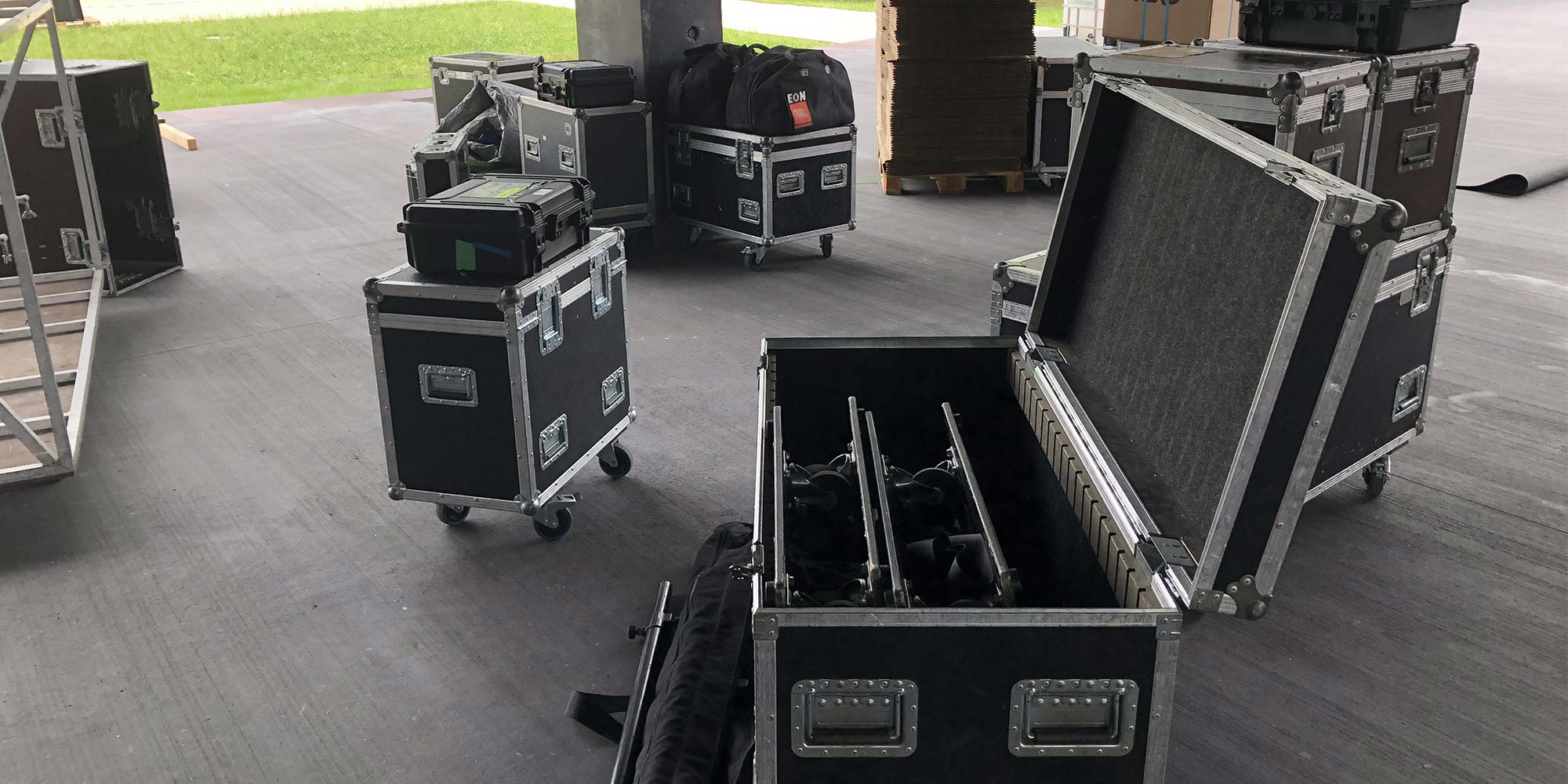
In addition to Kepler’s Garden on the JKU campus, there was also a diverse program from all over the world to follow via stream. Ars Electronica provided four channels for this purpose-Ars Electronica Selection, Ars Electronica New World, Ars Electronica Gardens and Ars Electronica Voyages. It all began at 5 a.m. Central European Time at Garden Tokyo. At 10 a.m., Gerfried Stocker’s words of welcome resounded through the Web and opened the 2020 Ars Electronica Festival.
Because 2020 is a year when so much is happening on the web, we have a wonderful social media wall where all the festival posts are collected by Instagram and Twitter, if they are tagged.
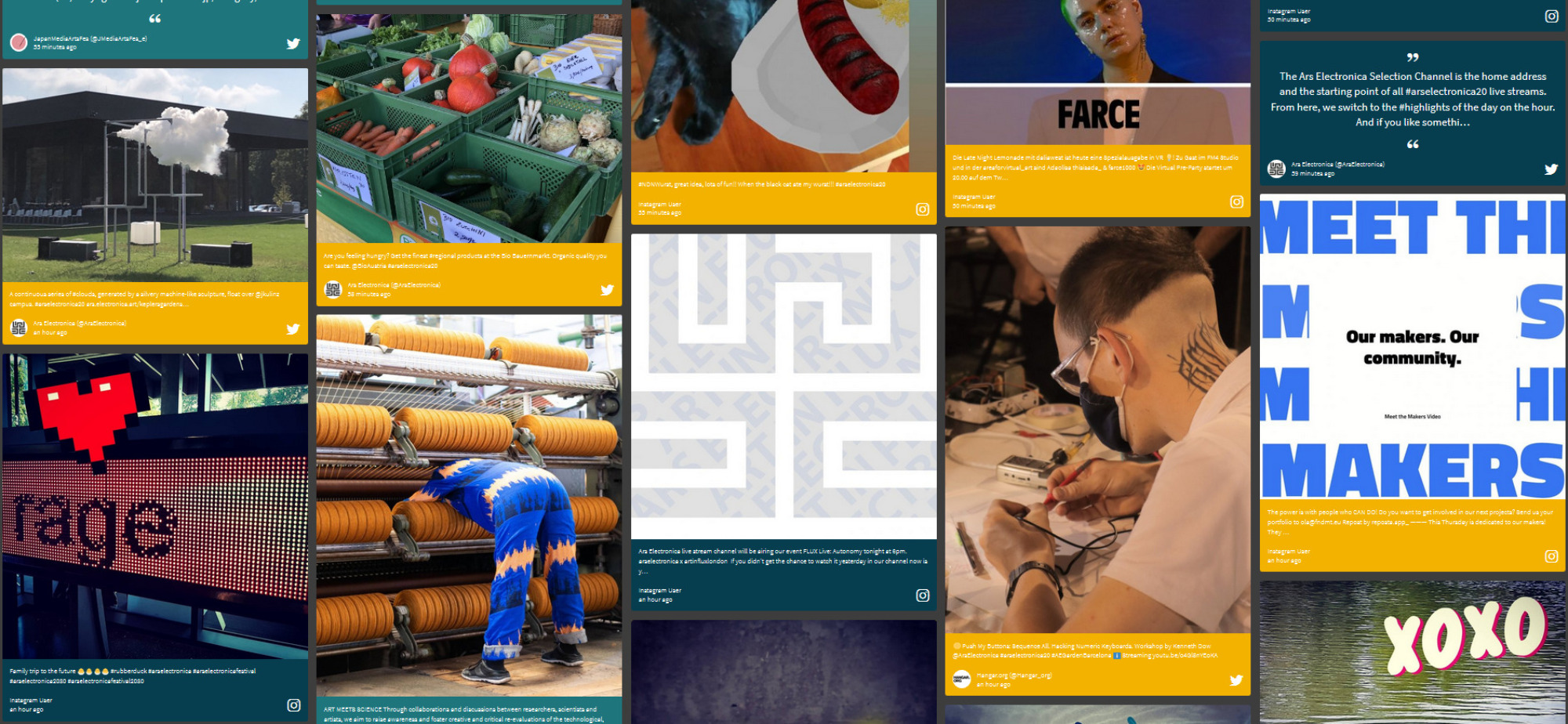
The first day of the festival is also STARTS Day. As part of the STARTS initiative, the STARTS Prize honors the most innovative results and cooperations in the fields of creativity and innovation at the interface of science, technology and art. Some of the winning projects of the STARTS Prize 2020 will be exhibited in the Kepler Hall. On the live channels, Olga Kisseleva, winner of this year’s Grand Prize for innovative collaboration, and Andrea Ling, winner of the Grand Prize for artistic exploration, will provide insights into their work and approaches.
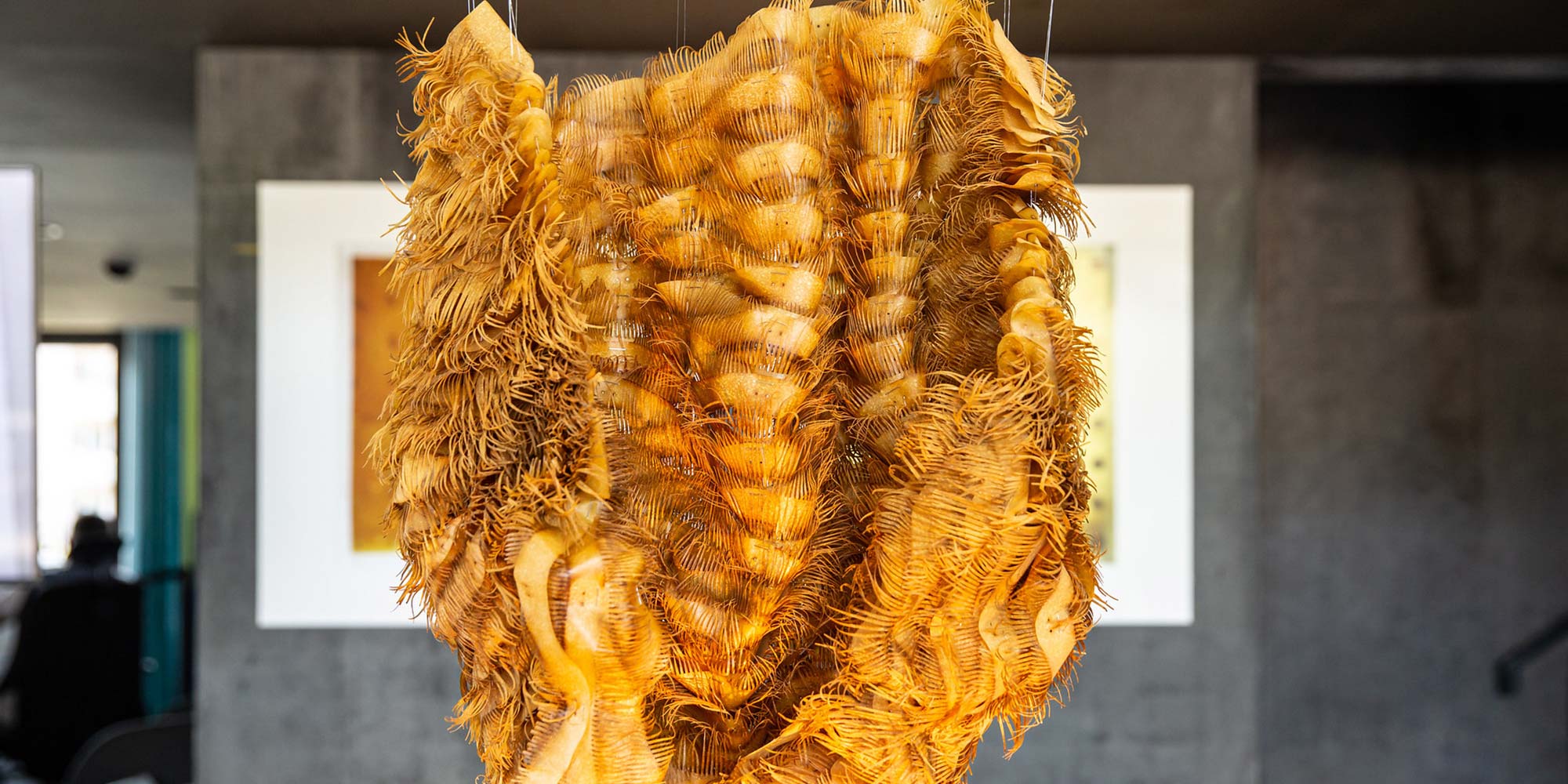
On the other side of the Danube, in the OK im OÖ Kulturquartier, the CyberArts exhibition is opening its doors. Since 1998, the OK has been presenting a showcase of the winners of the Prix Ars Electronica, which is considered the world’s most important media art prize. 27 projects are presented as installations or documentations in the Upper Austrian Cultural Quarter – from the former Theaterkeller in the Ursulinenhof to the Media Deck in the OK.




For several years now, the Prix Ars Electronica has also been presenting the Visionary Pioneers of Media Arts award. This year’s prizewinner is Linz-born media artist VALIE EXPORT, who is also celebrating her 80th birthday. Due to her pioneering role, the 2020 Prize was unceremoniously renamed “Visionary Pioneer of Feminist Media Art” and honors the great Upper Austrian artist with a program focus.
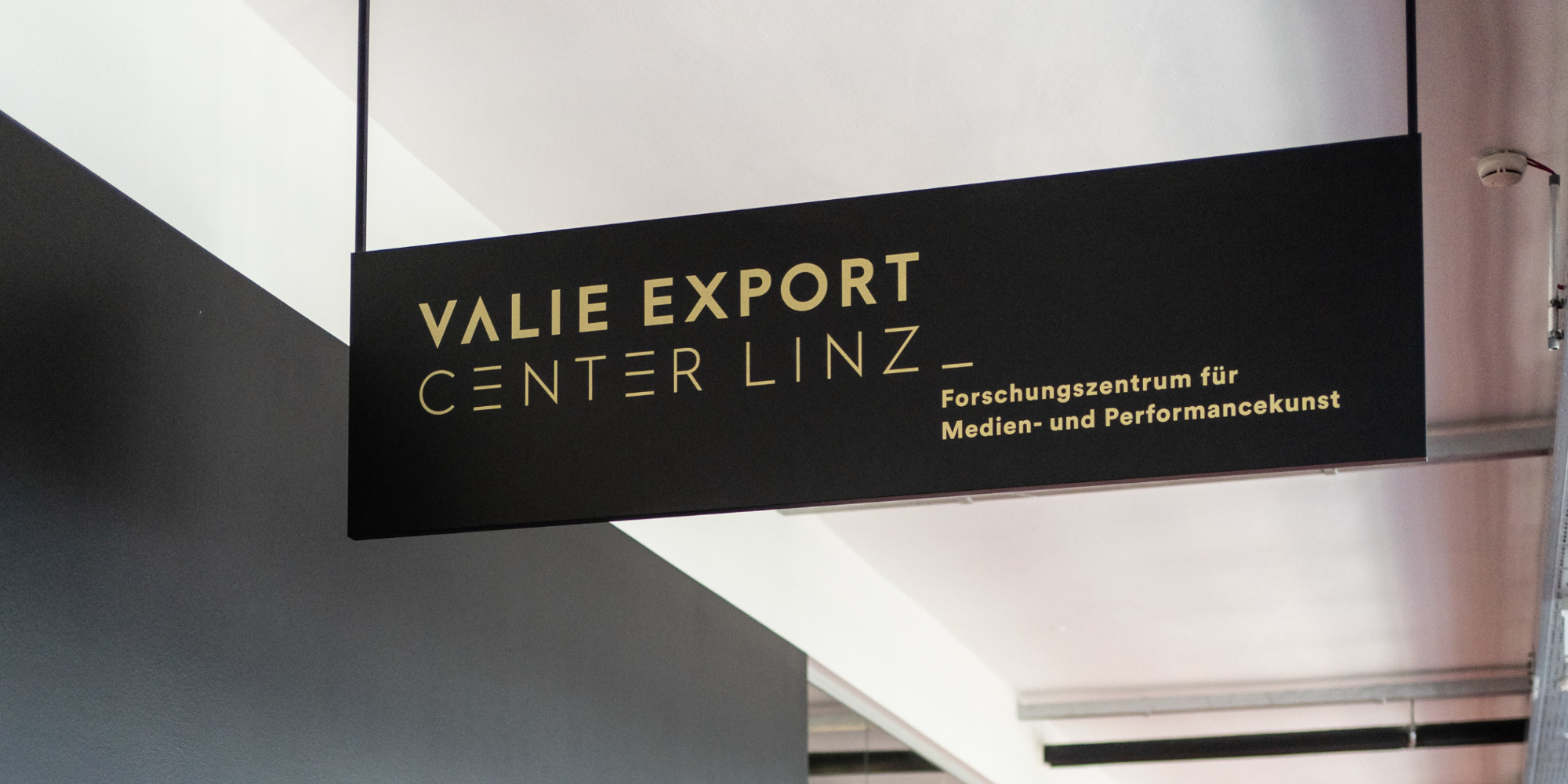
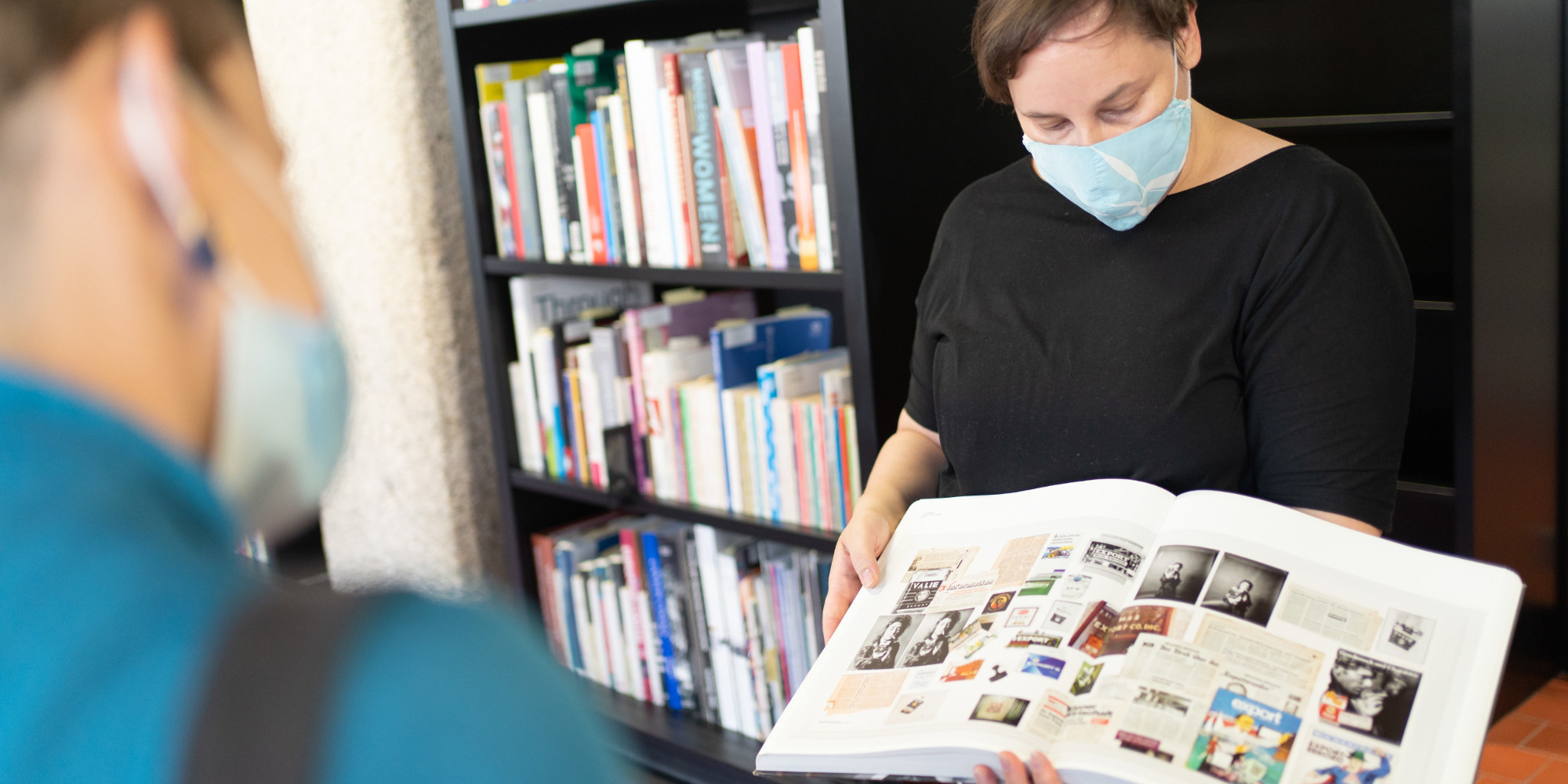
While the people of Linz and visitors to the city take advantage of the opportunities on site to experience art physically, guests and participants will be present at the festival via stream. The performance “Who Am I?” in Bucharest, for example, will explore the question of how the relationship between creator and created affects both. Hong Kong in its unique historical, cultural, political and economic position invites in “DïaloG” to a dialogue of artworks between Hong Kong and Los Angeles. And Helsinki abducts us to the Mozilla Hubs.
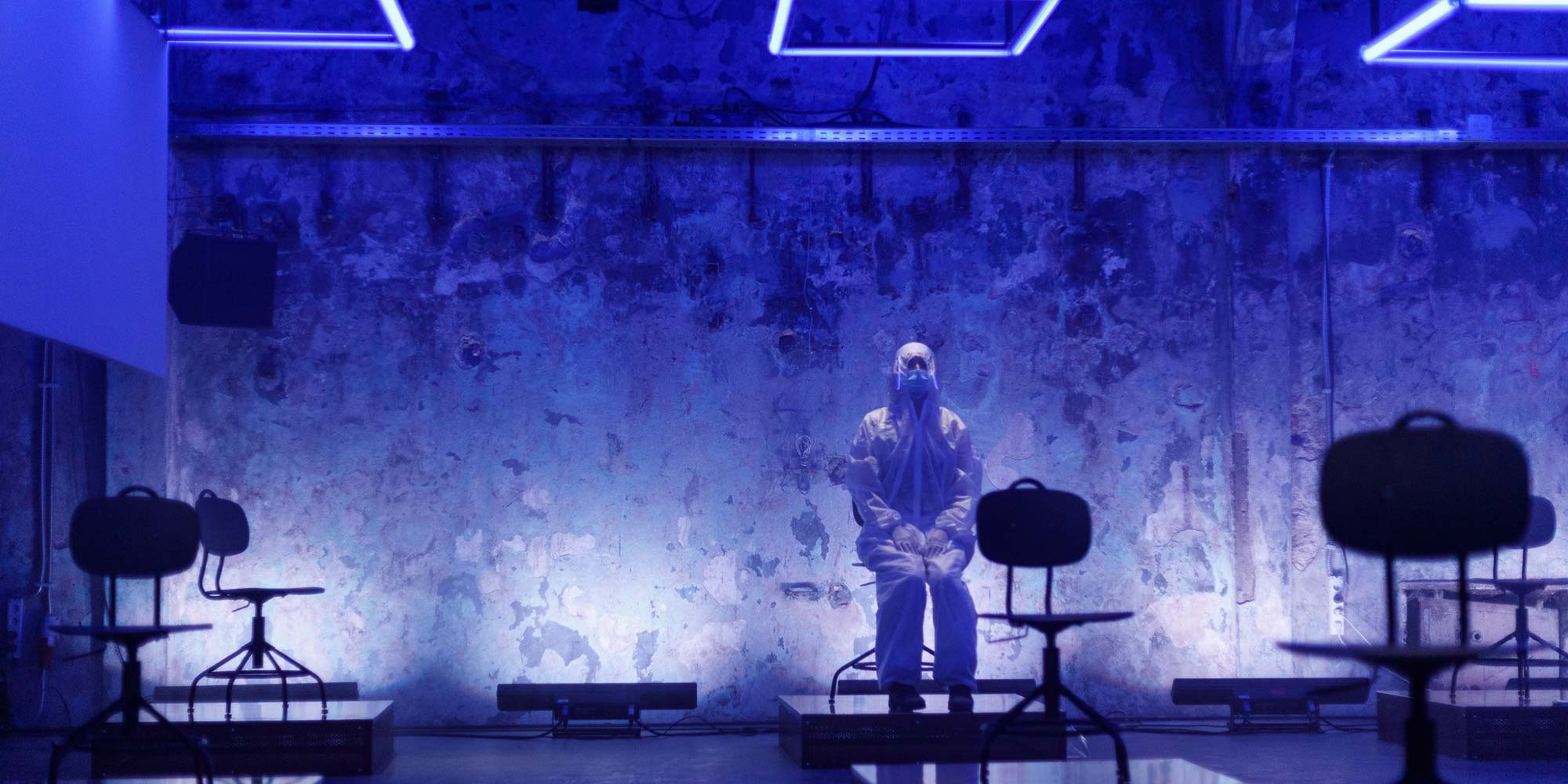


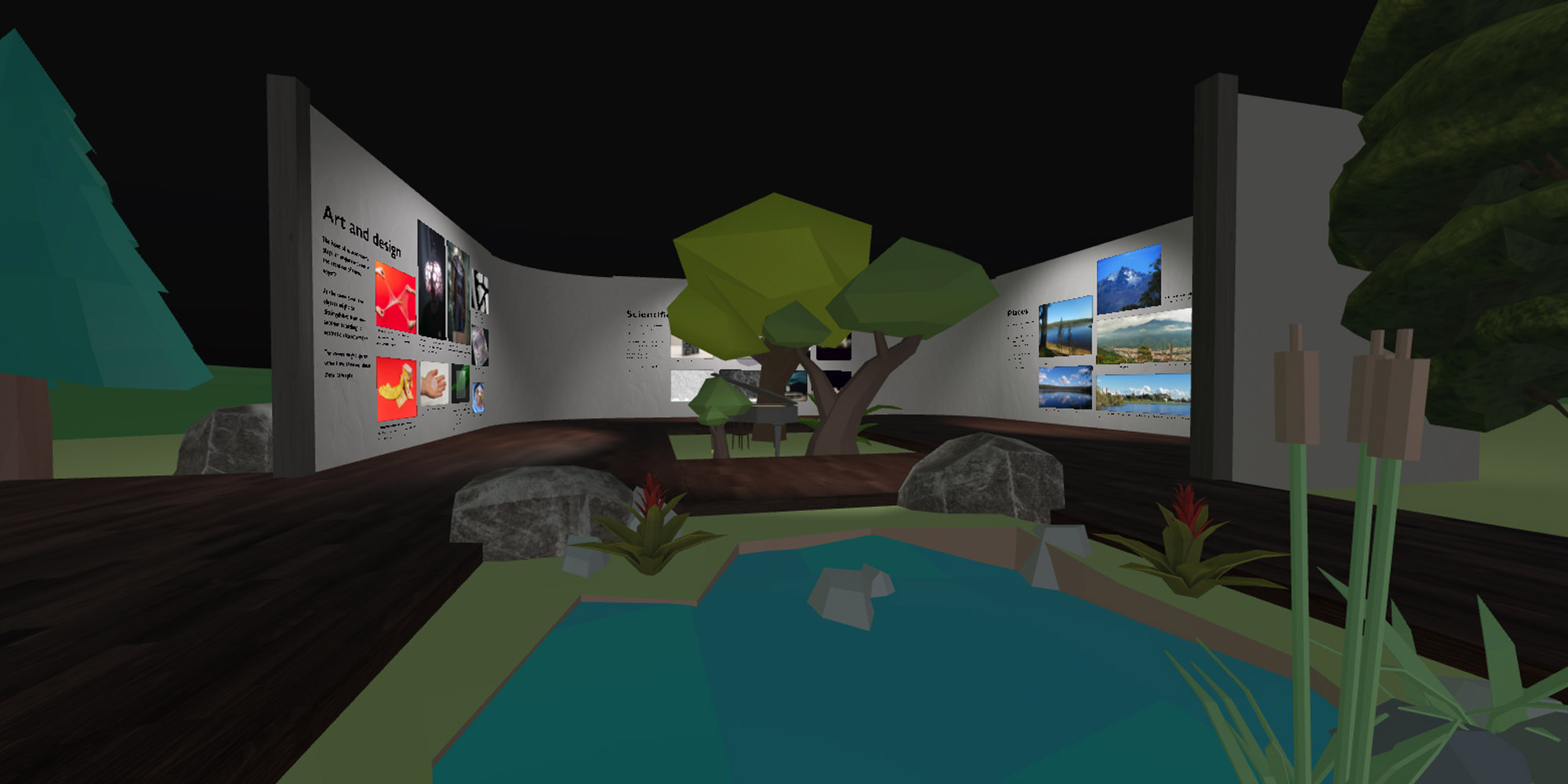
The Ars Electronica Center’s Deep Space 8K hosts the first Pianographique-an artistic series in the interplay of piano and live visualization. Deep Space will host a solo recital by Maki Namekawa, while the main performance on Sunday in Kepler Hall on the JKU campus will feature Dennis Russell Davies and Maki Namekawa together. The visualizations will be provided by Cori O’Lan and Gregor Woschitz, and works by John Cage, Philip Glass, Ludwig van Beethoven and Kurt Schwertsik are played.

In the evening it gets wild – with THE WILD STATE, the University of Art and Industrial Design Linz gives the untamed space to unfold. Unknown territory can and should be explored here in various formats. The exhibition Interface Cultures – The State of Intimacy allows us to look behind the scenes of the private sphere and addresses privacy as a physical person as well as an online entity. With The Wild State: Networked, students from 13 partner universities exhibit works on the topic of COVID-19. The symposium “Uncanny Friends” deals with our online existence. A new understanding of sound art is presented at the Sound Campus, while the Agora Digitalis functions as a place for discourse. The “Interfacing Hauptplatz” will be the center of the city.
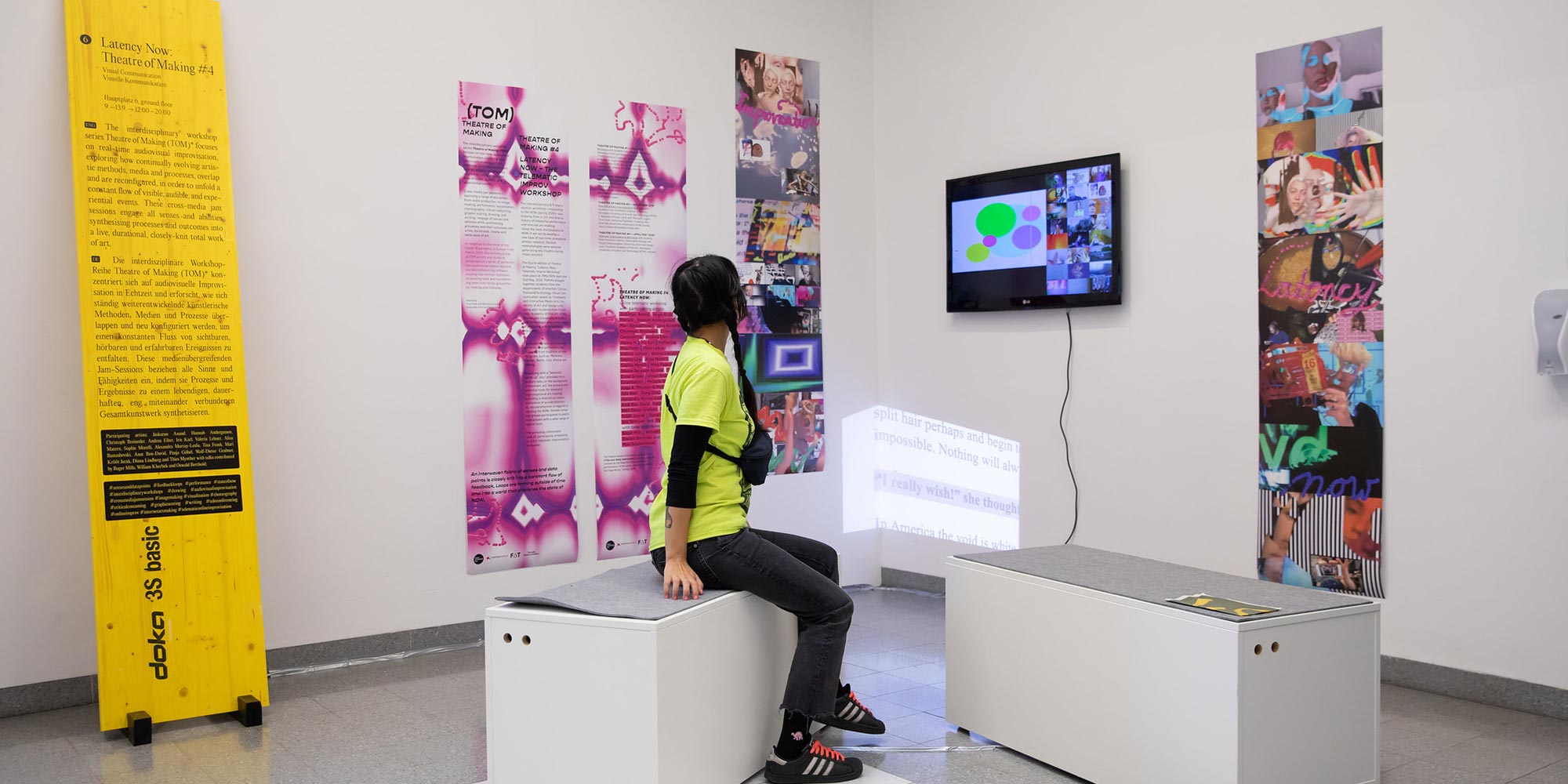
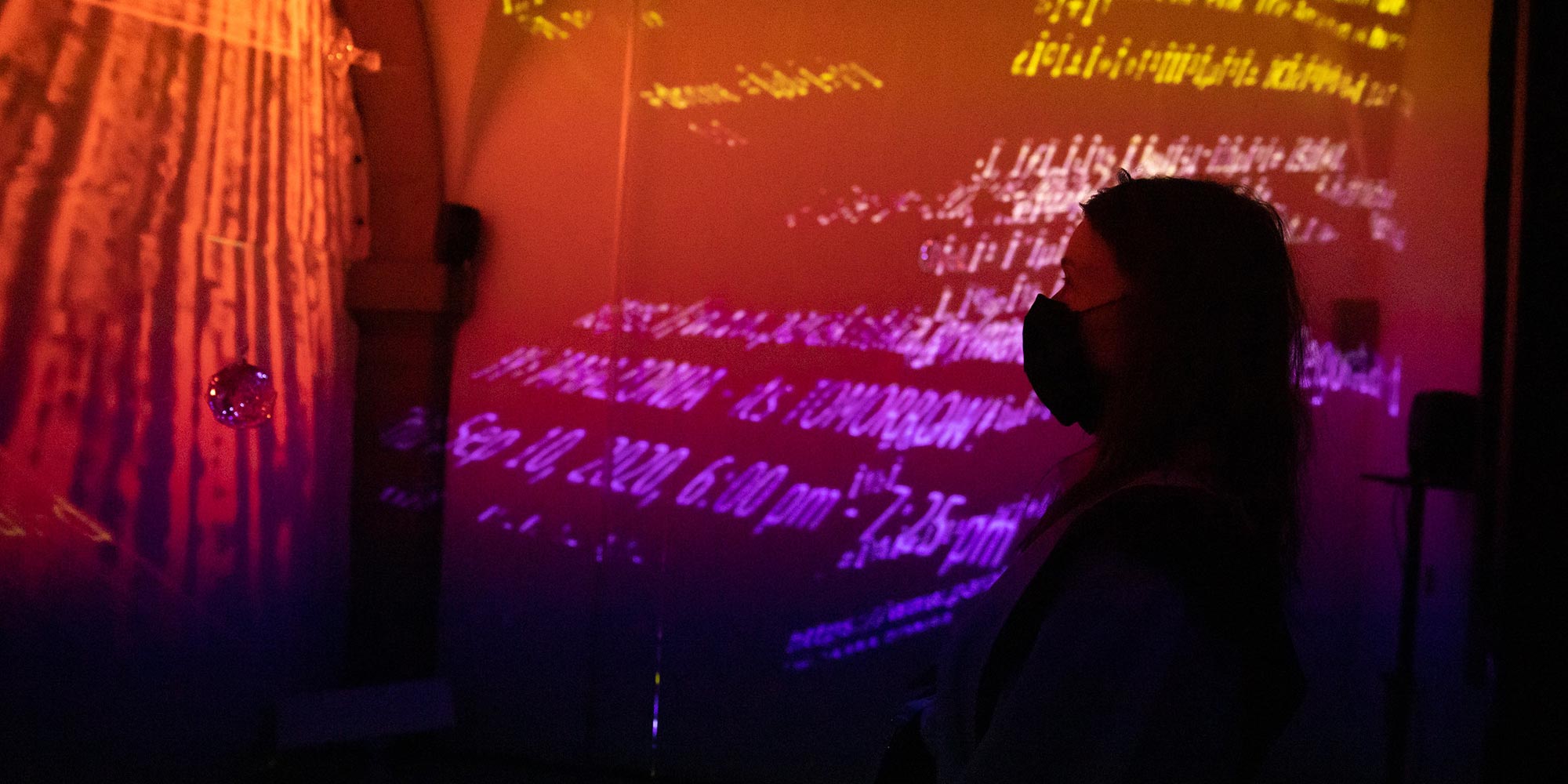


A lot of feedback also comes through our online channels. Posts are commented on, news is written, and a little chatting takes place during the live streams. Throughout, there is great joy that the festival – albeit in a different form – is taking place. We have collected some comments for you.
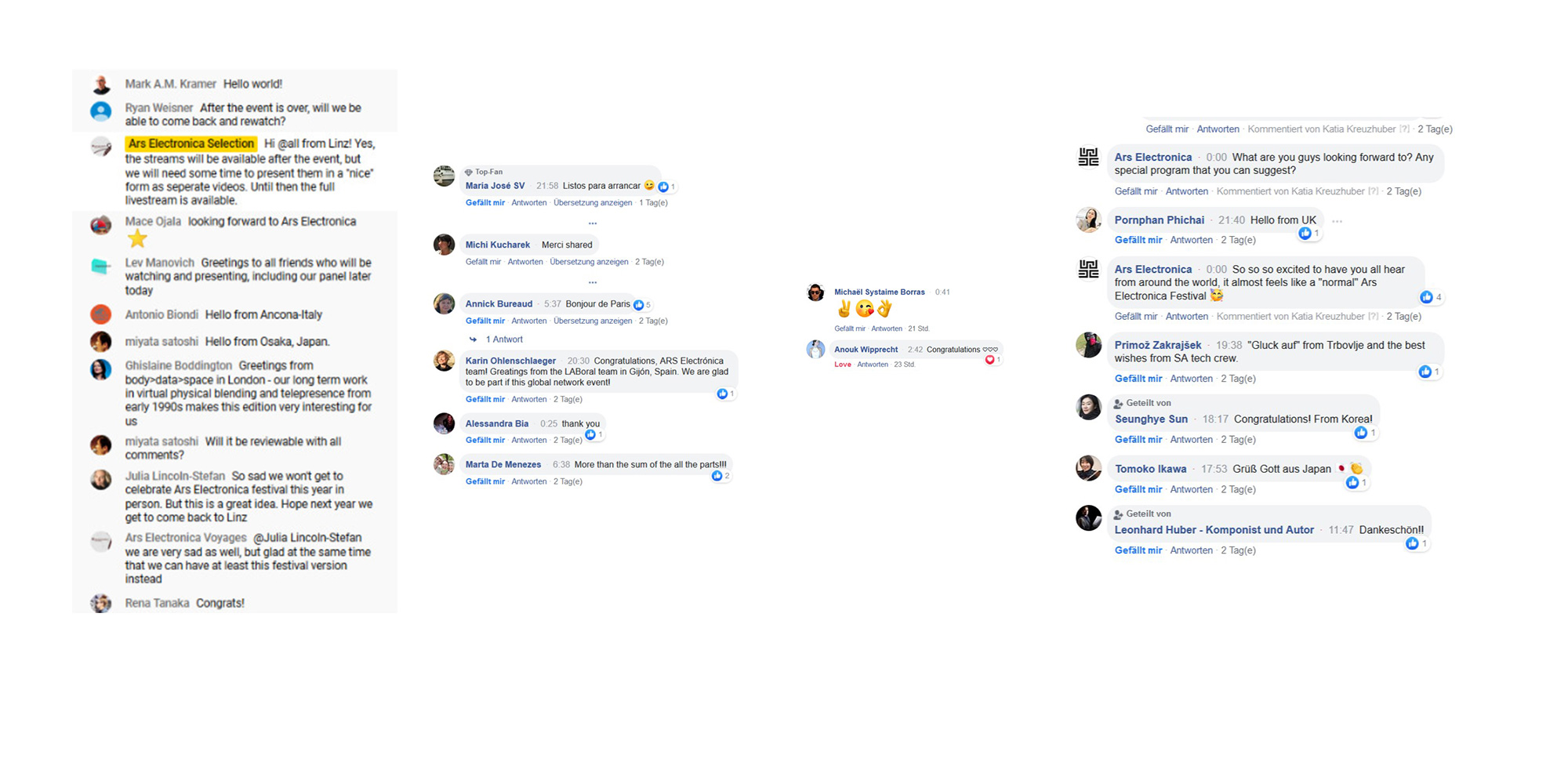

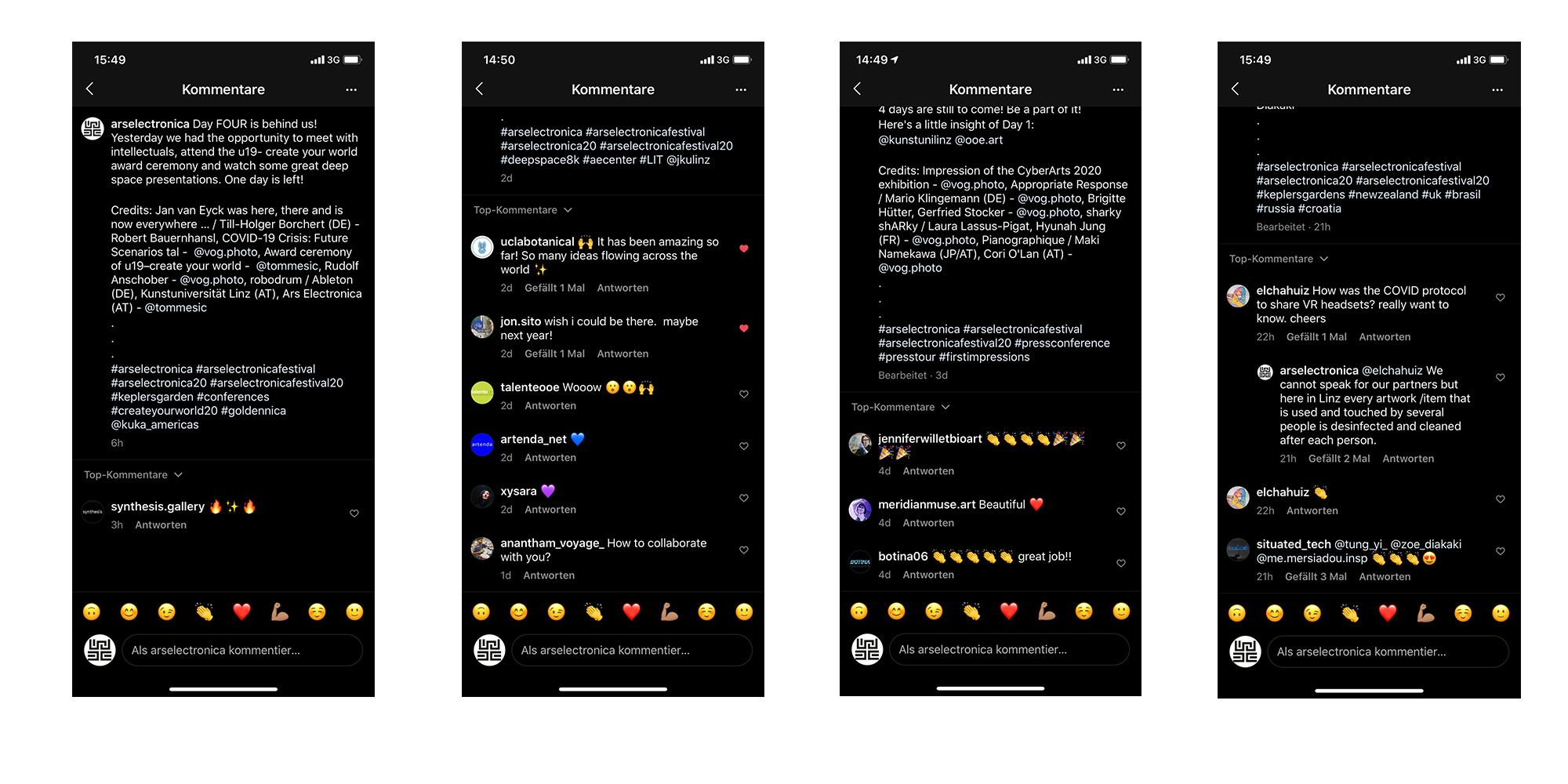
Throughout the entire festival, Deep Space 8K in the Ars Electronica Center will be hosting a diverse program; the form of presentation in this impressive space is unique. Be it old masters like Raffaelo, young artists, dance performances or lectures-everything finds its place here.

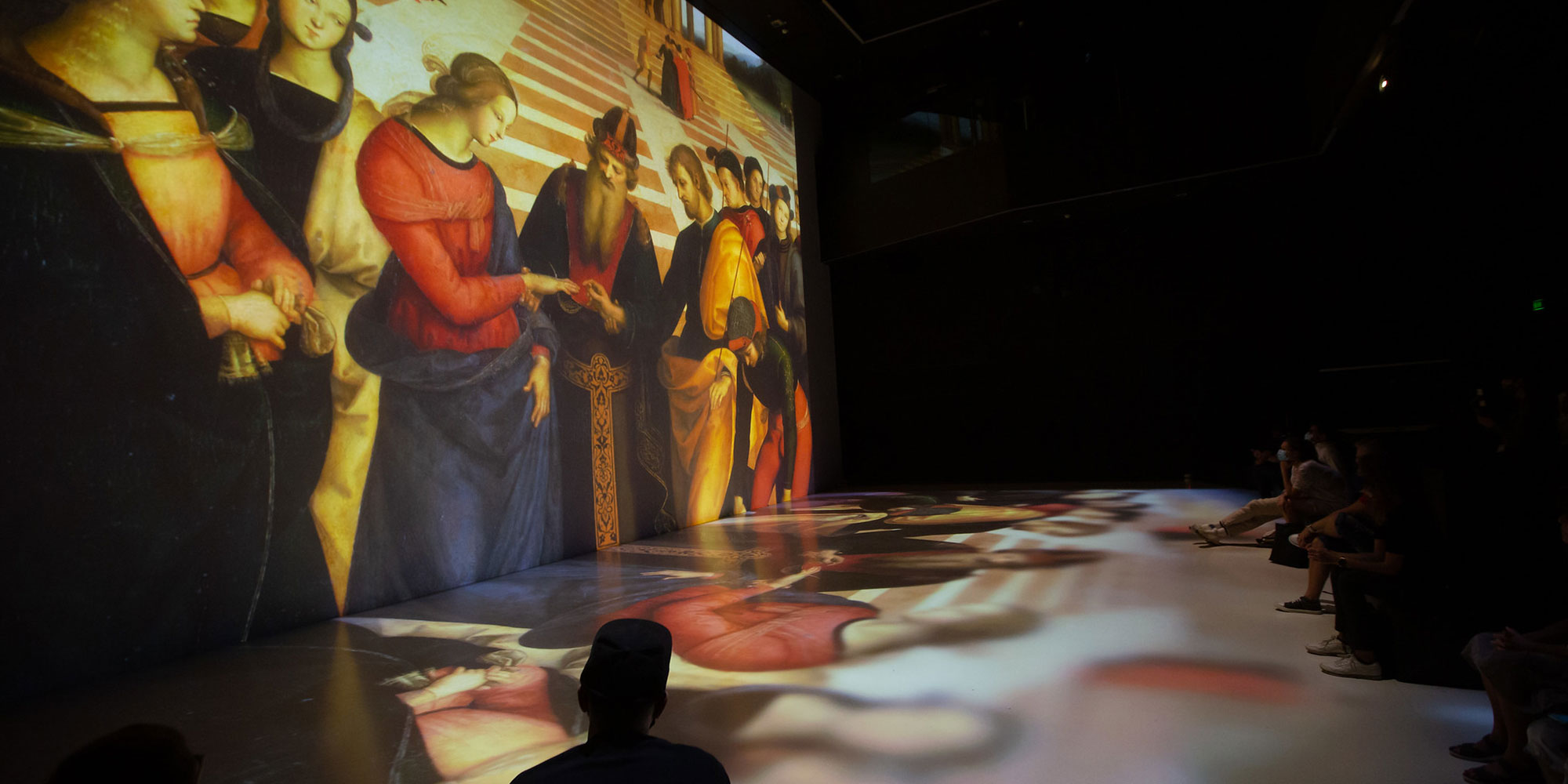
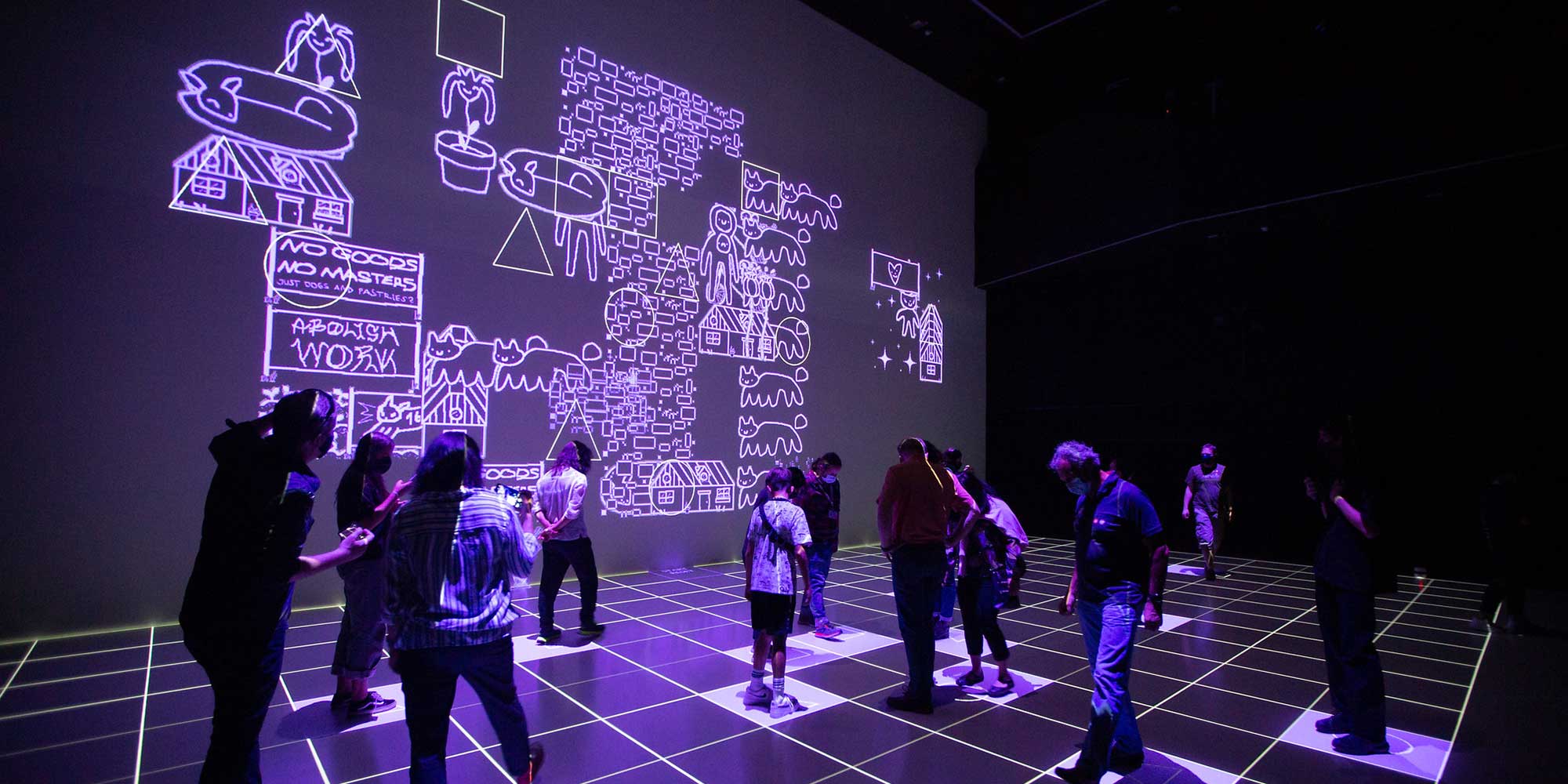
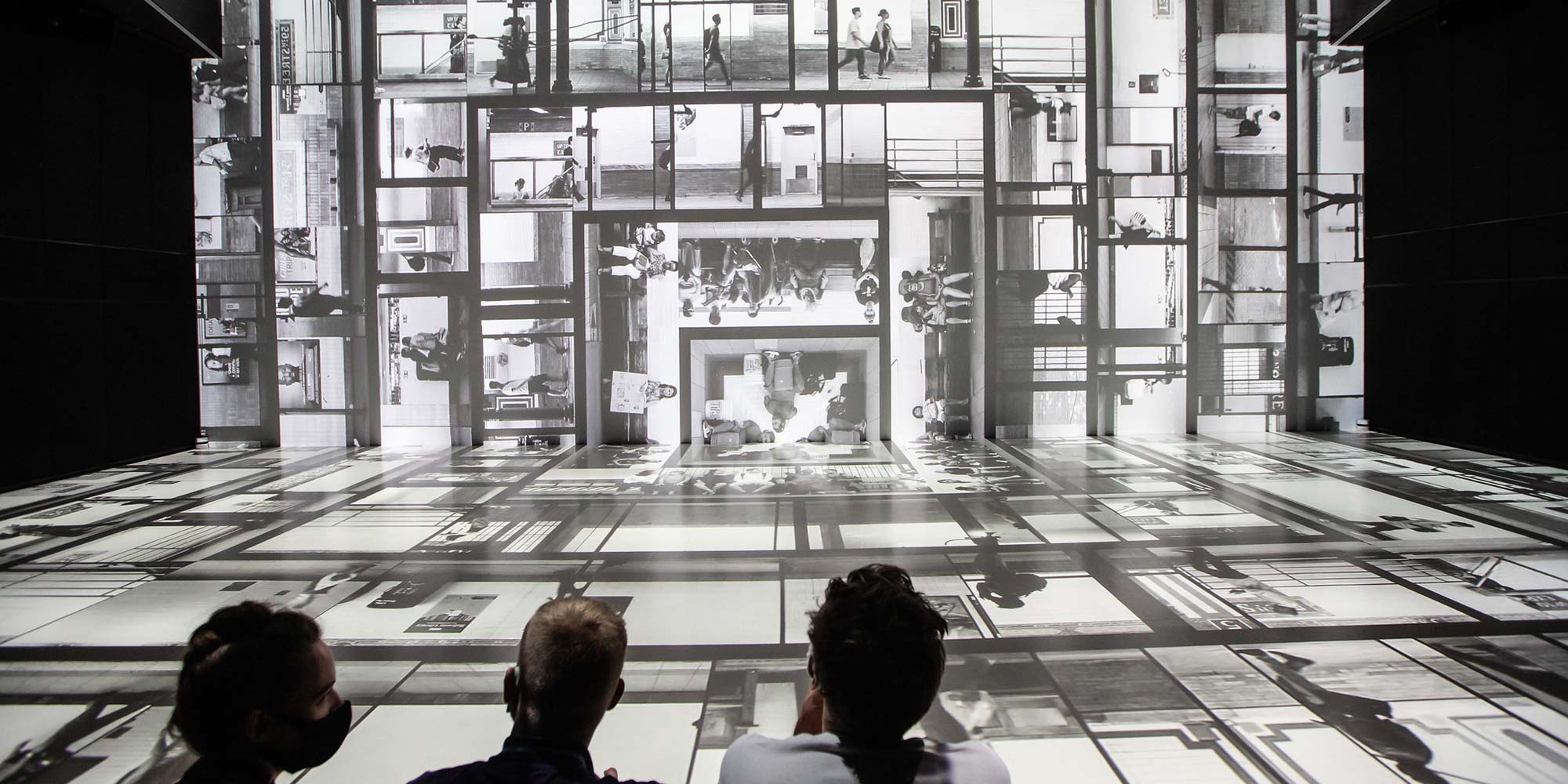
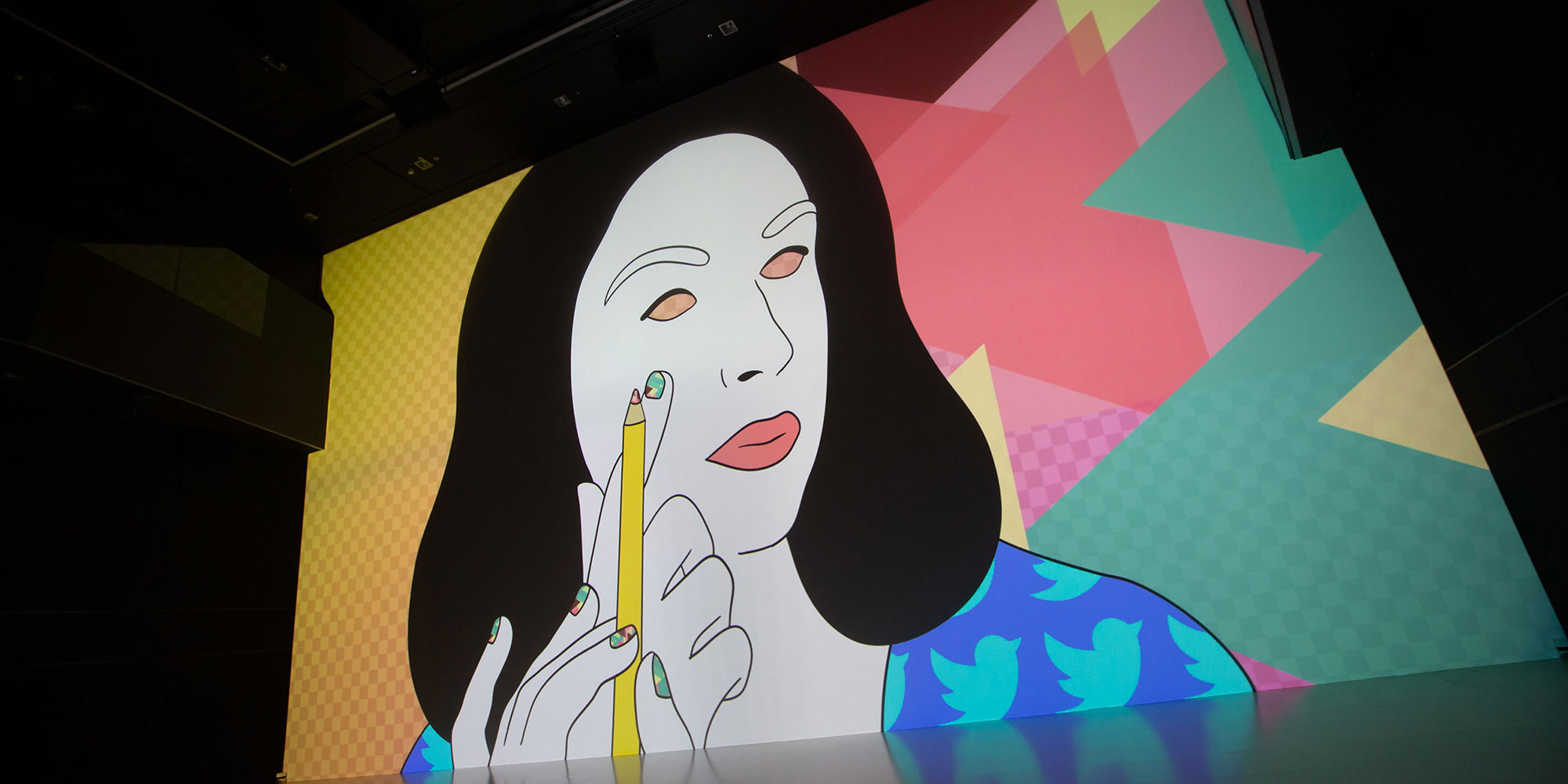


The Ars Electronica Futurelab, for instance, offers a unique insight into the cathedral: Measured with 20 billion laser points, it sends visitors inside on an interactive journey through the translucent sacred building in stereoscopic 8K.
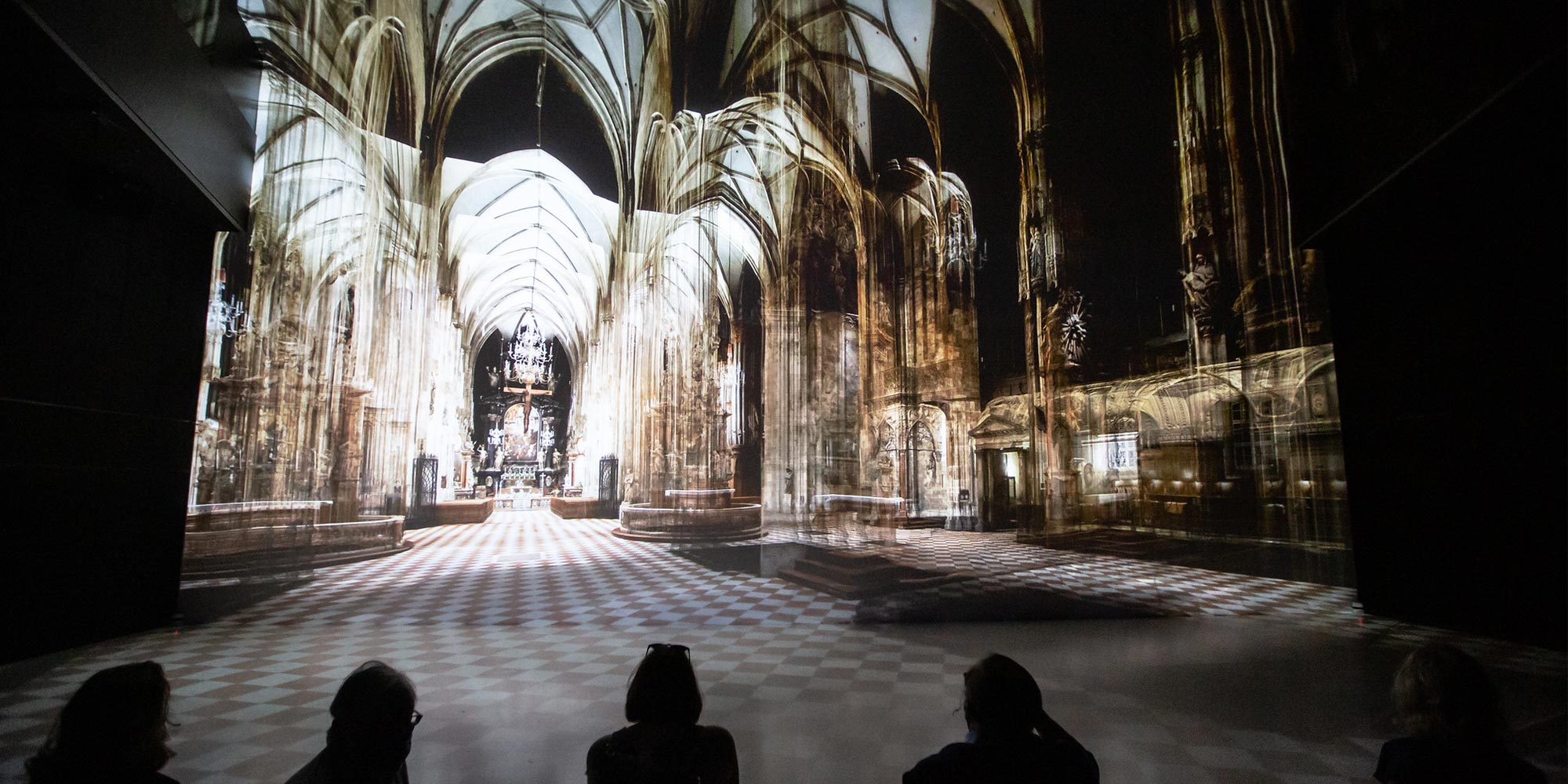
One initiative of the Ars Electronica Futurelab is the Ars Electronica Research Institutes, consisting of the Ars Electronica Research Institute Knowledge for Humanity (by Eveline Wandl-Vogt) and the Ars Electronica Research Institute Auditory Cultures (by Werner Jauk). In the Postcity, a room was even named after him, the Jaukarium, and this year it will be presented in the beautiful halls of the Salzamt, a residency and exhibition space on the banks of the Danube.
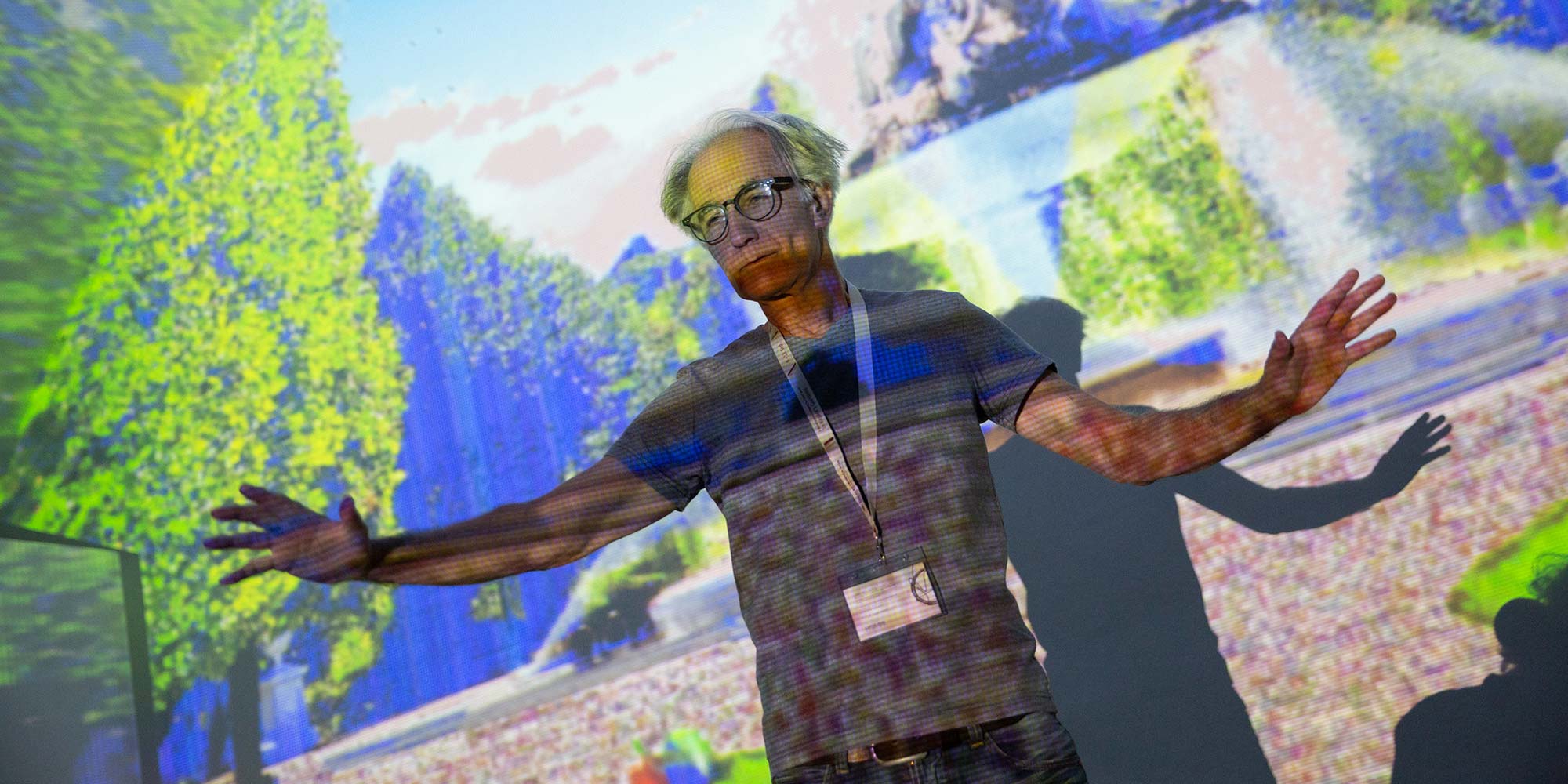
In the evening, for the third time in the course of the Ars Electronica Festival, Holy Hydra invites you to the Stadtpfarrkirche Urfahr – Jugendkirche Grüner Anker, where contemporary dance performances, electronic music and new media art are presented in a sacred setting.

On Friday the time has finally come: The new festival area, Kepler’s Garden, on the JKU campus opens its doors.

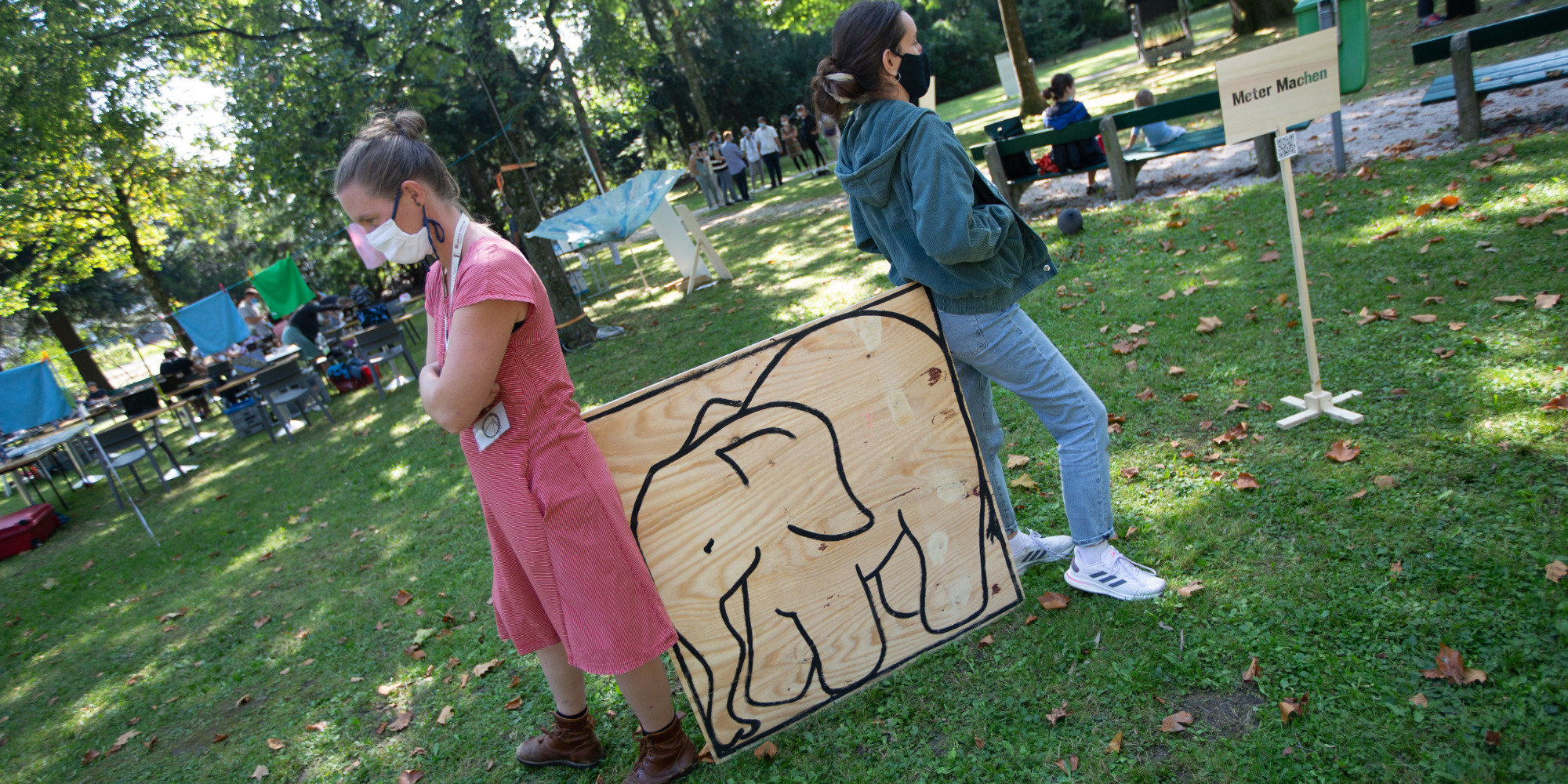

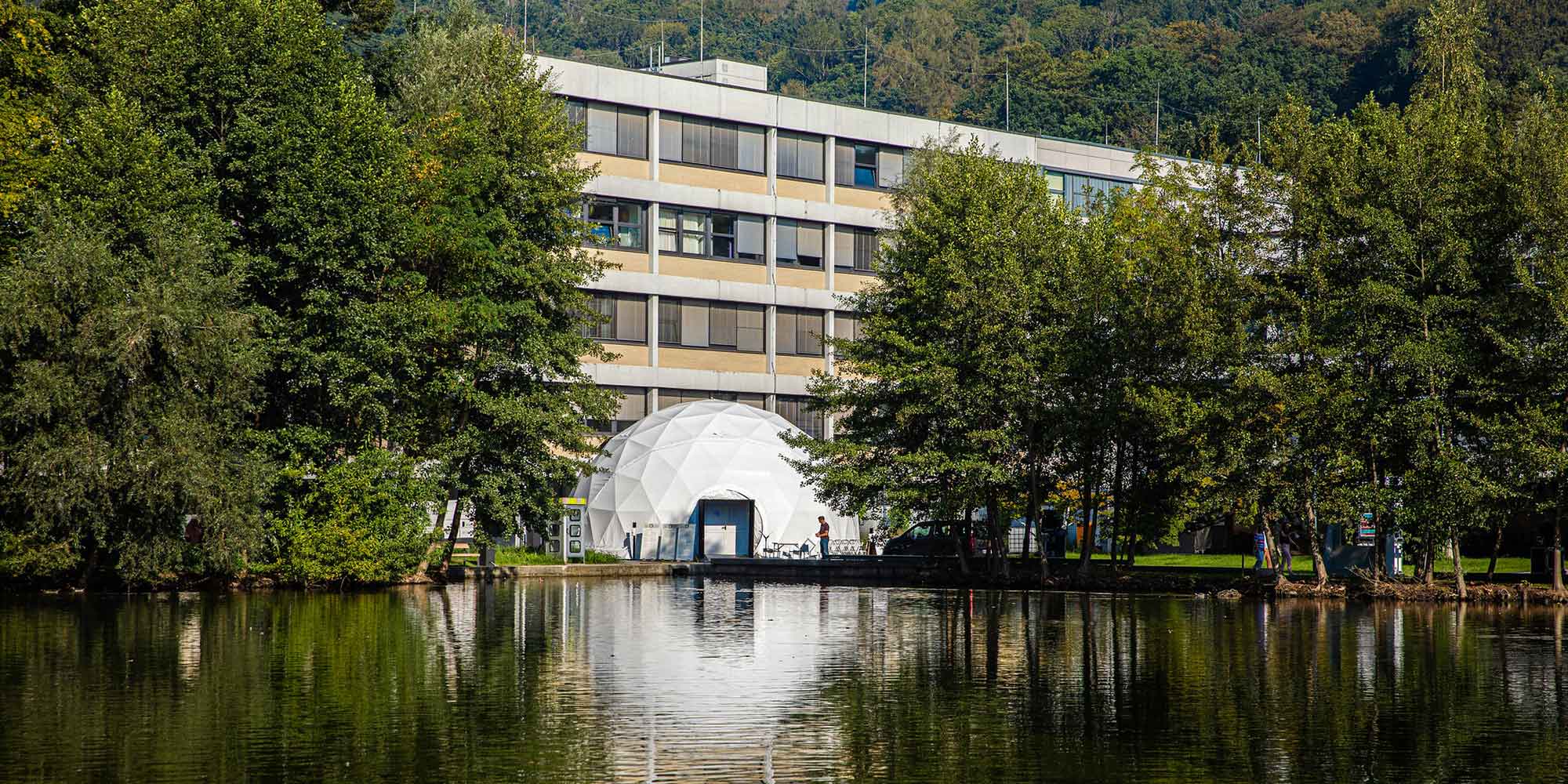


The newly built Kepler Hall finds a truly dignified inauguration and, in addition to offices, streaming studios, coffee kitchen and orchestra pit, also offers a home to this year’s STARTS exhibition.
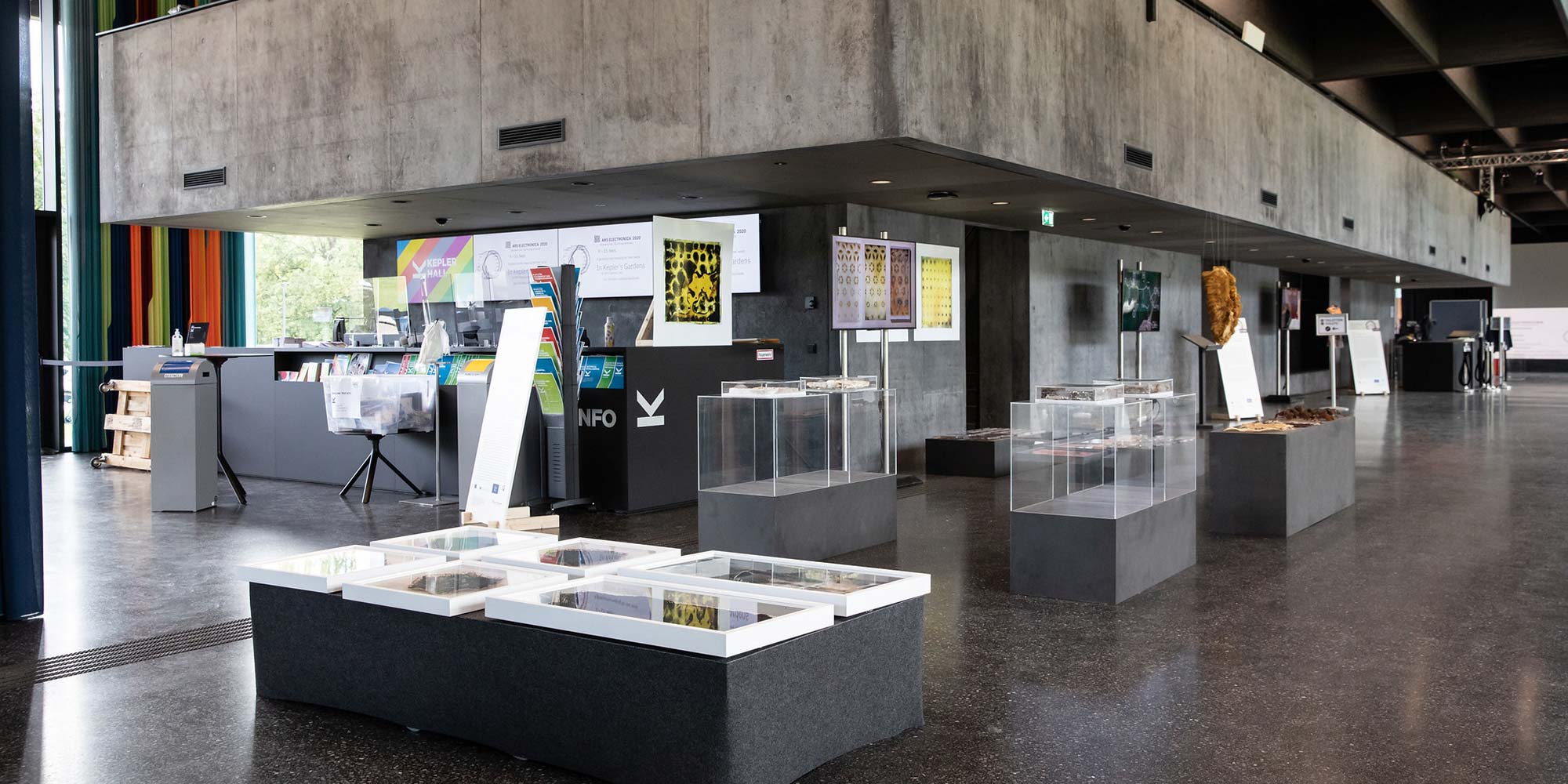
In addition to physical exhibitions, Gallery Spaces addresses the question of a new orientation of the art market in times of Corona. Under the motto “2020 – finally digital?!”, renowned players in the art industry will be asked where they currently stand and what their visions for the future look like – in the form of a conference, curated projects and digital gallery showcases.

To do justice to this change between real and virtual spaces, numerous employees give their best in front of computers, behind microphones, at countless screens, mixing consoles and of course constantly in motion.
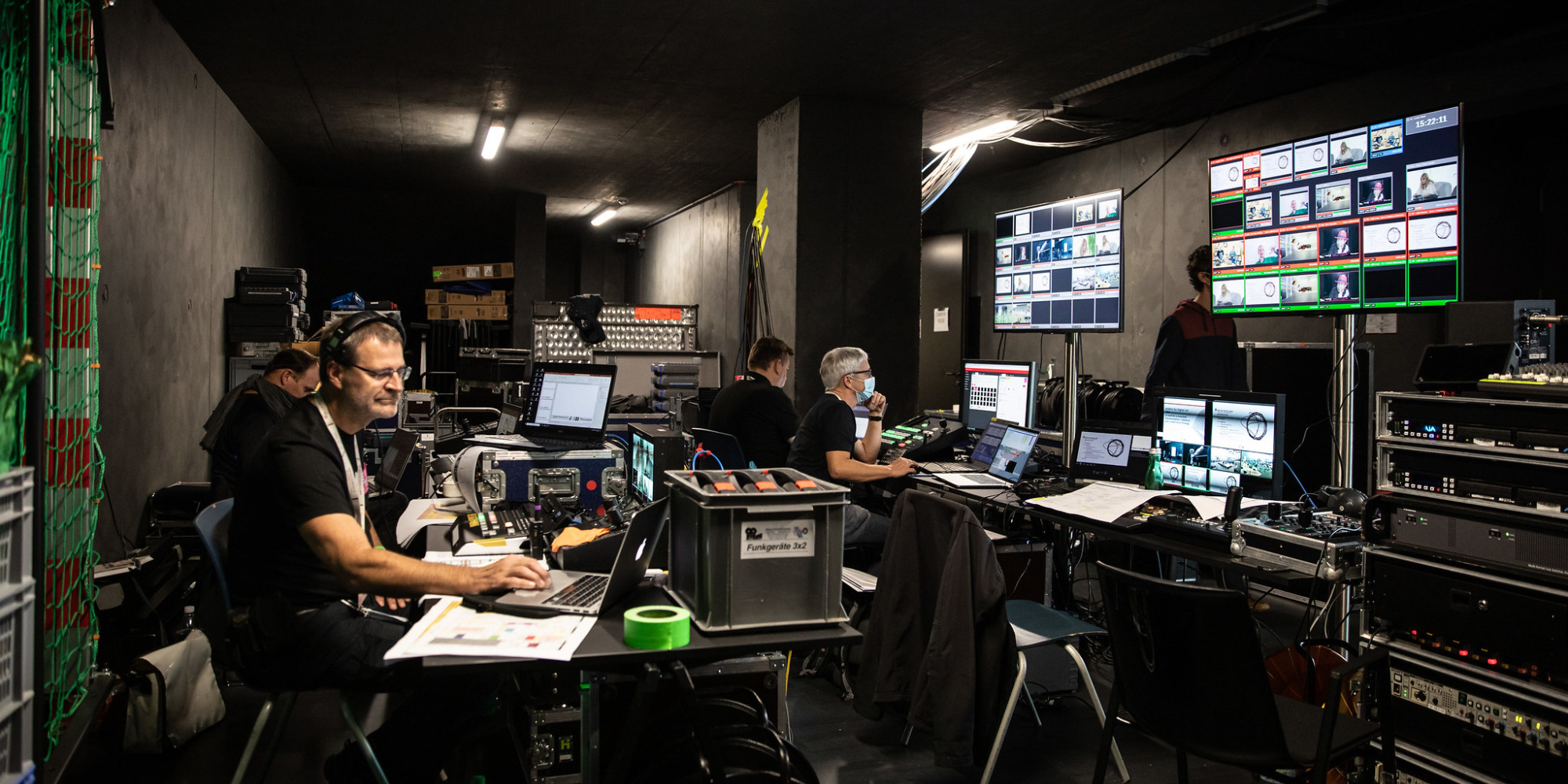




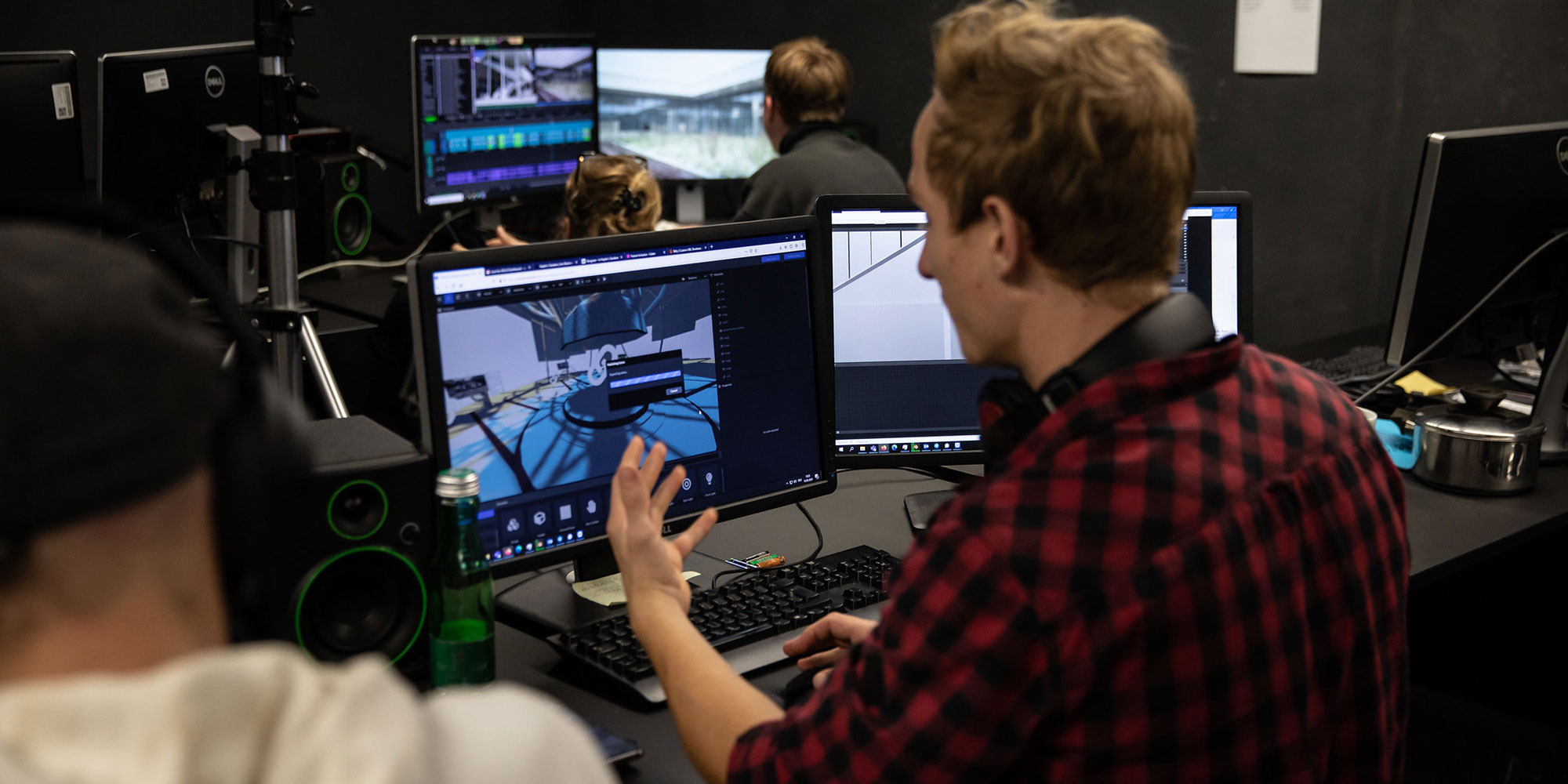
In the evening we invite you to the Soirée: The shortage of the award ceremony caused by COVID-19 is limited to u19 – create your world. In the connection the Big Concert Night gives its premiere on the university area.
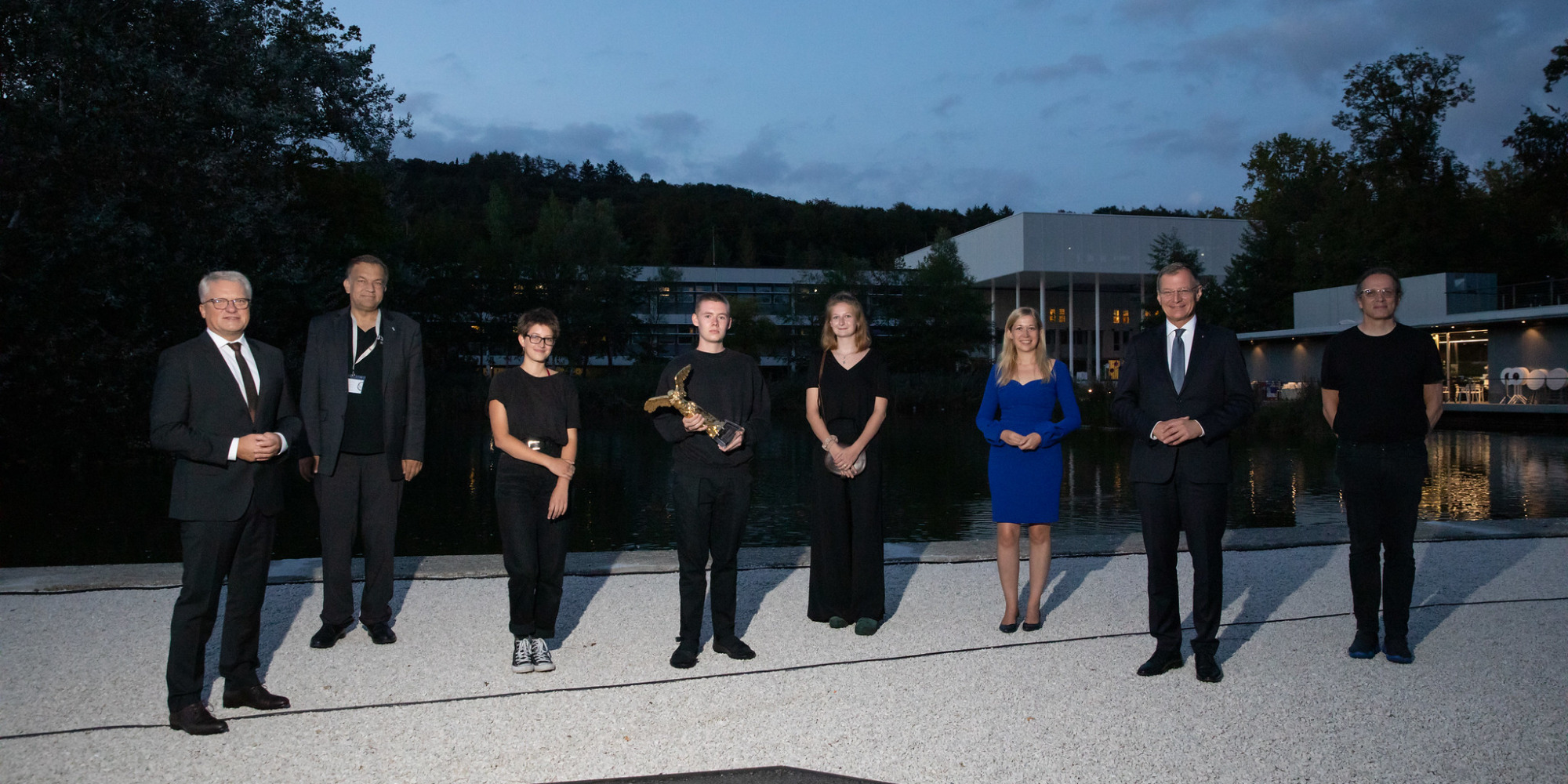
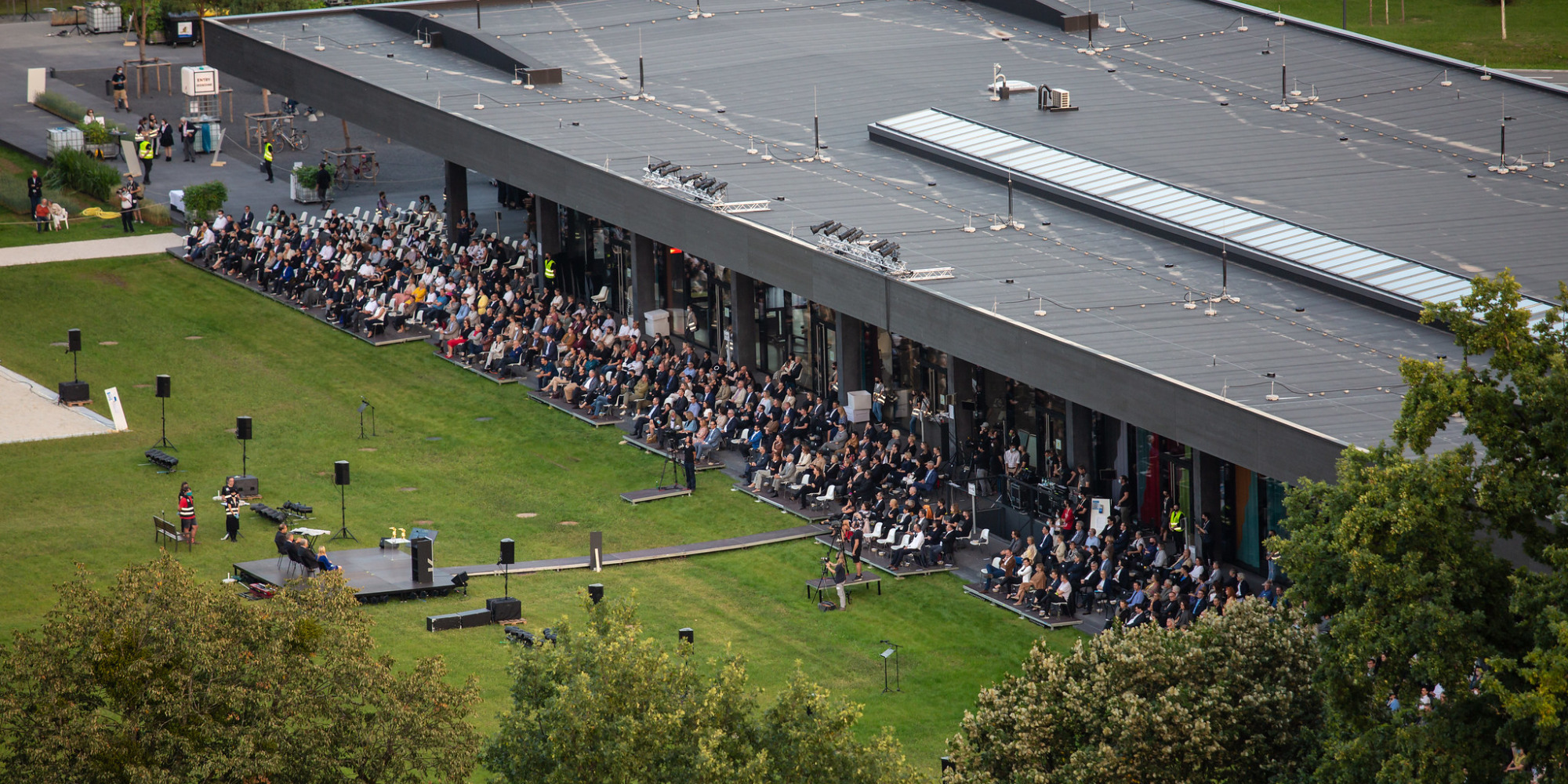
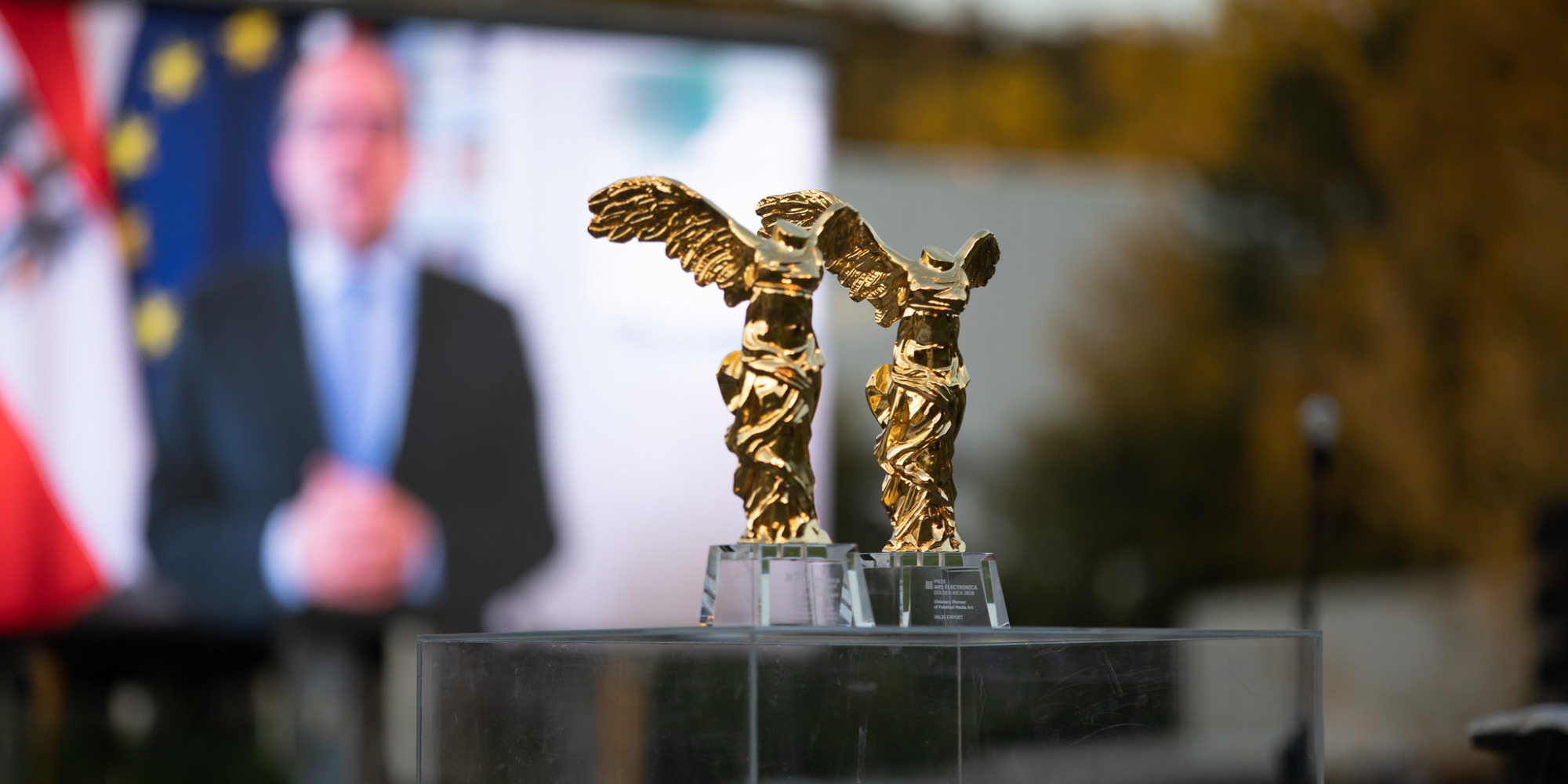
Under conductor Markus Poschner, the Bruckner Orchestra Linz performs Beethoven’s great liberation opera Fidelio, supported by the two actors Karl Markovics and Maria Hofstätter as well as a jazz formation and other musicians and singers.

Afterwards Christina Kubisch and Katharina Ernst present various rhythmic structures with their project “Interference” before The Big AI-Jam gives a very individual and versatile insight into possible music with artificial intelligence.
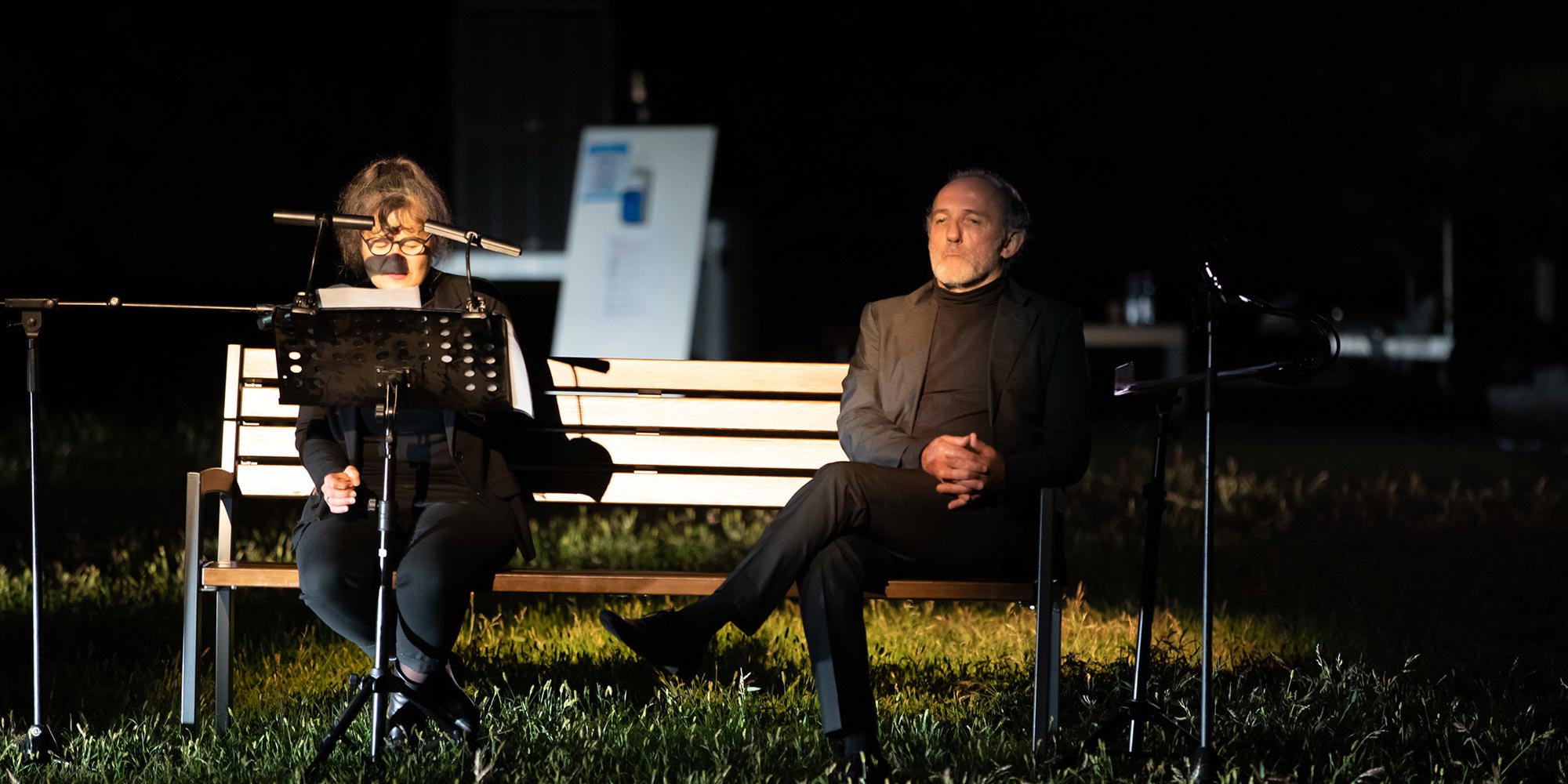
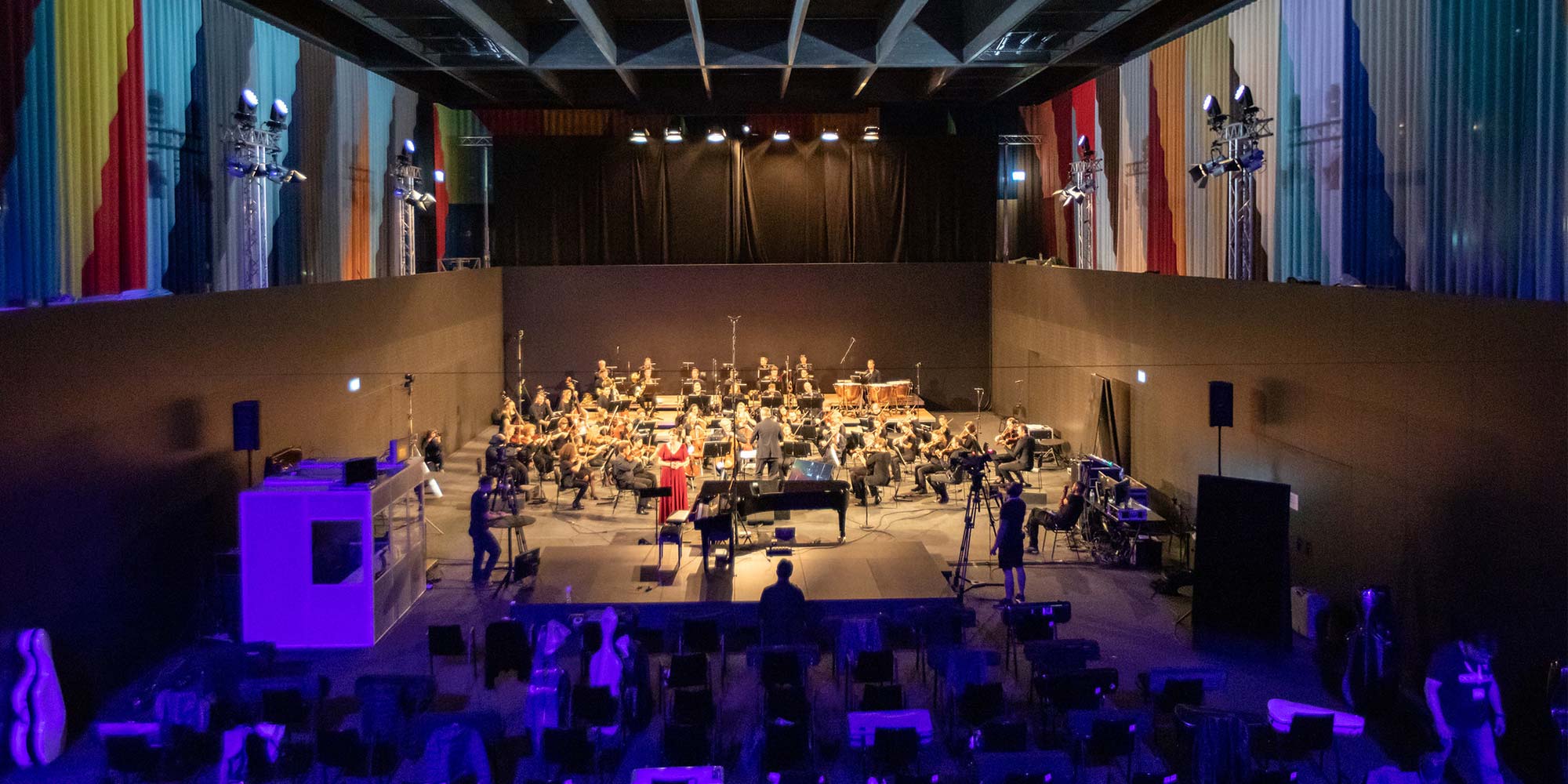
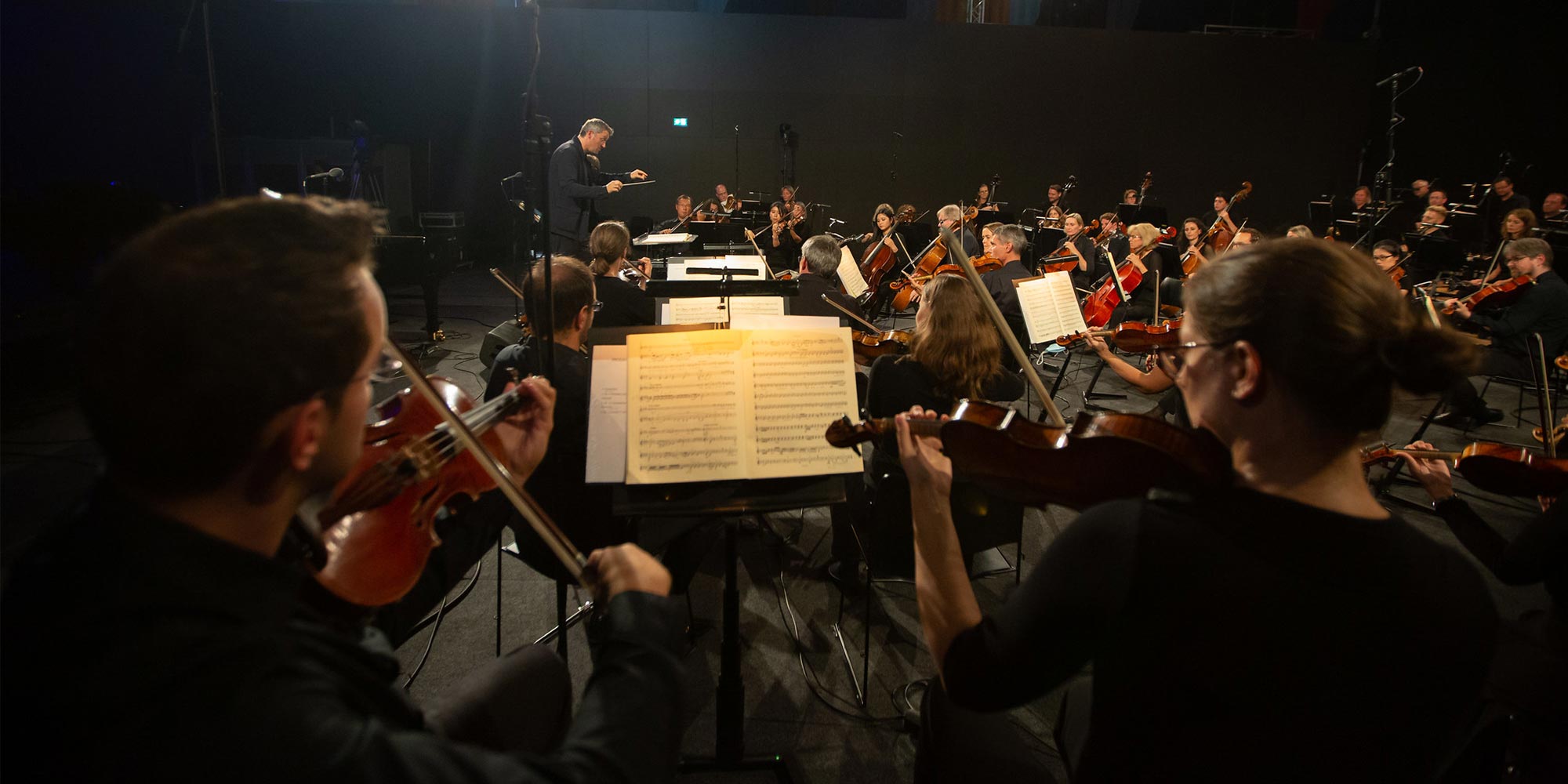
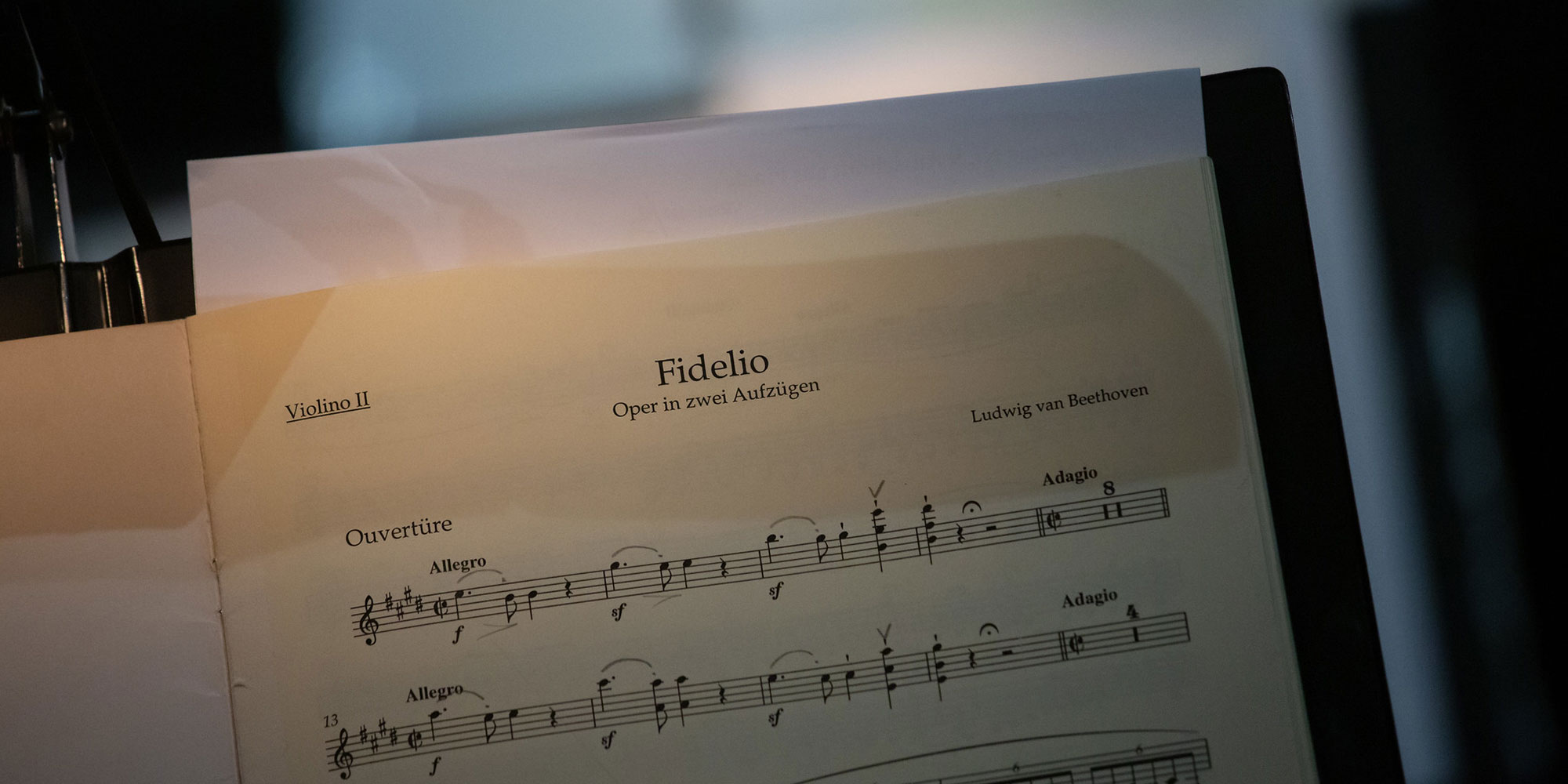
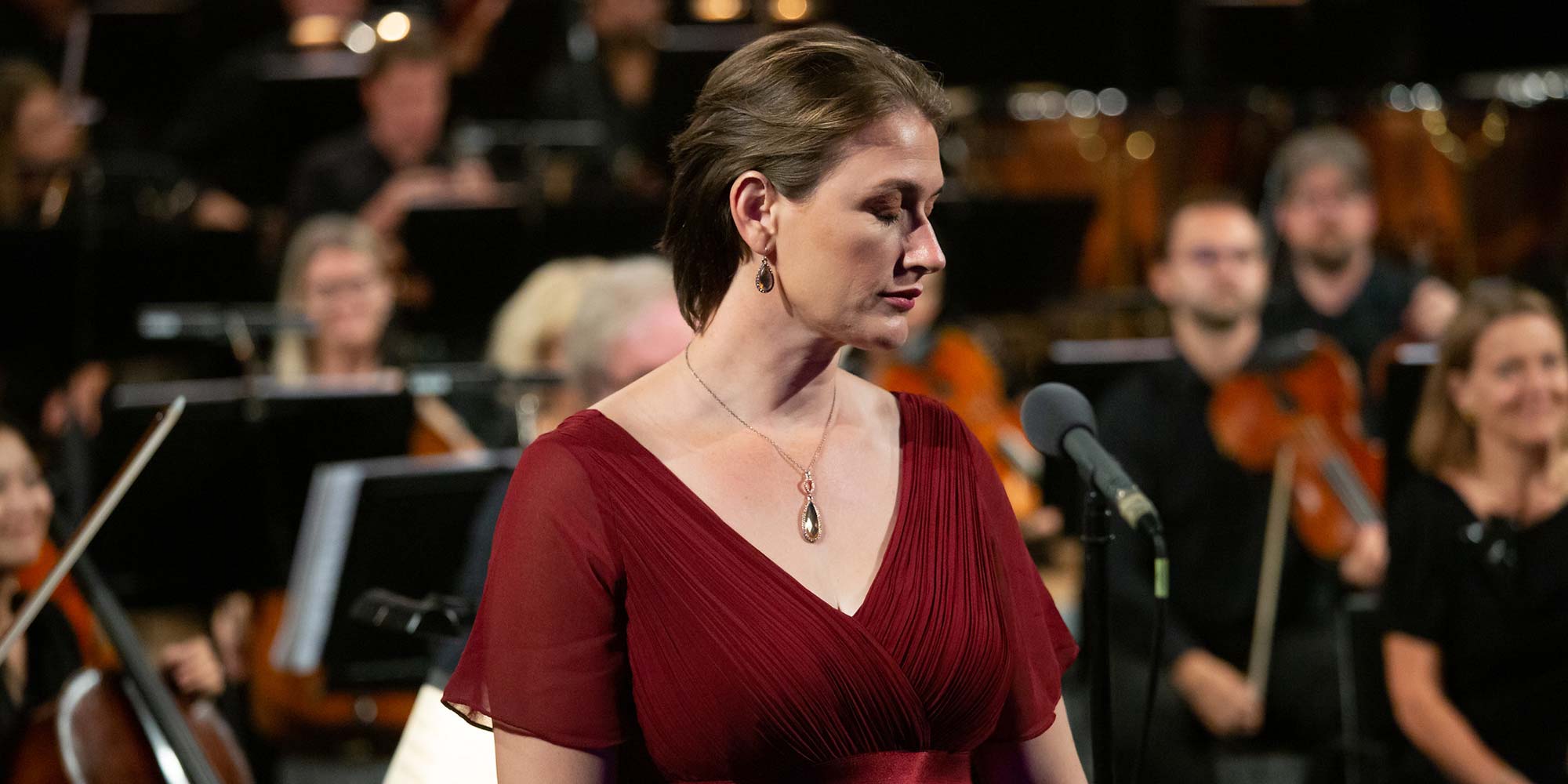

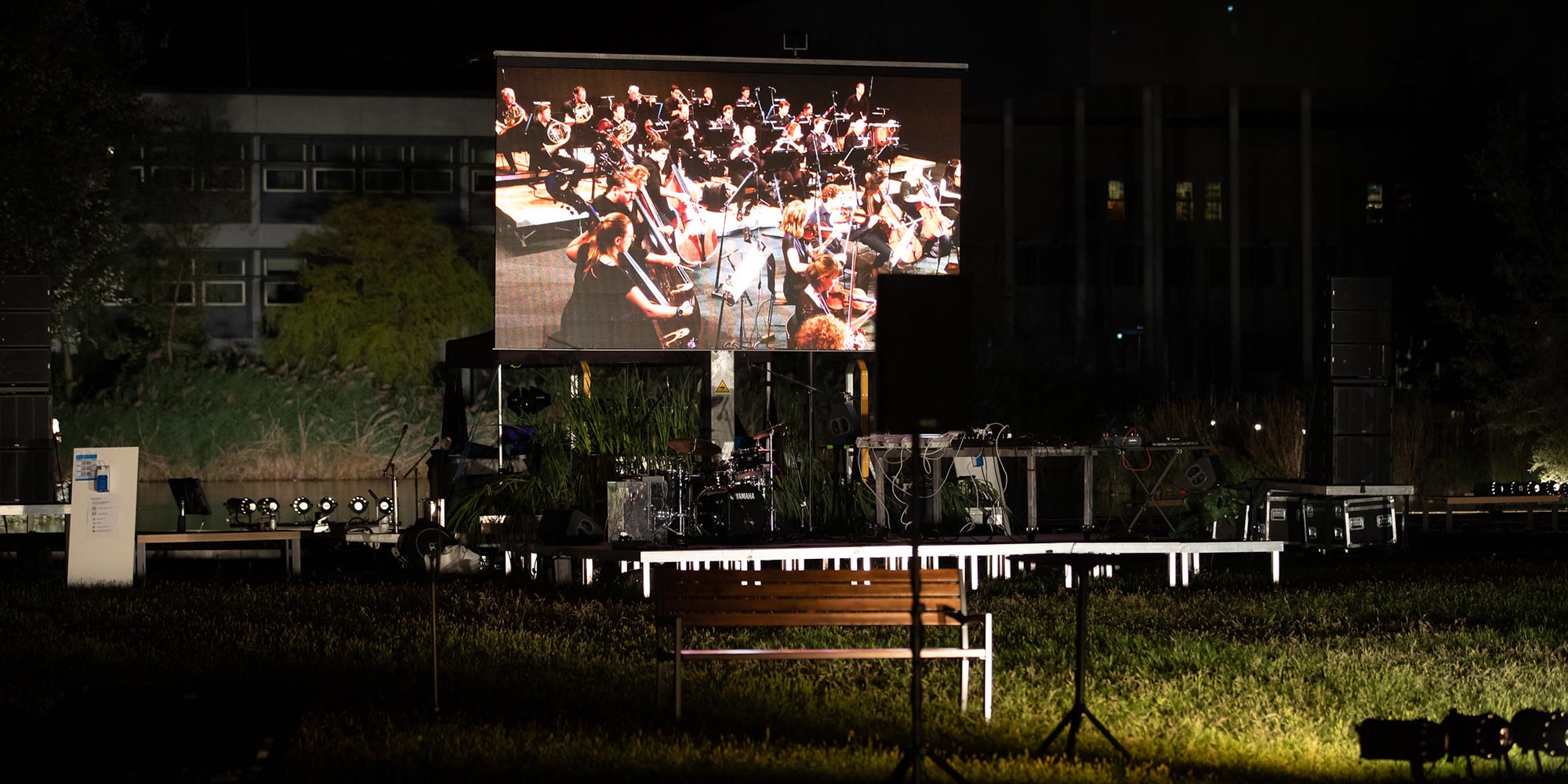
The Gardens, which are scattered all over the world, are connected virtually and in constant exchange with Ars Electronica and its audience. They all bring a special program on the occasion of the 2020 Ars Electronica Festival-but what they all have in common is that the global pandemic poses major challenges.

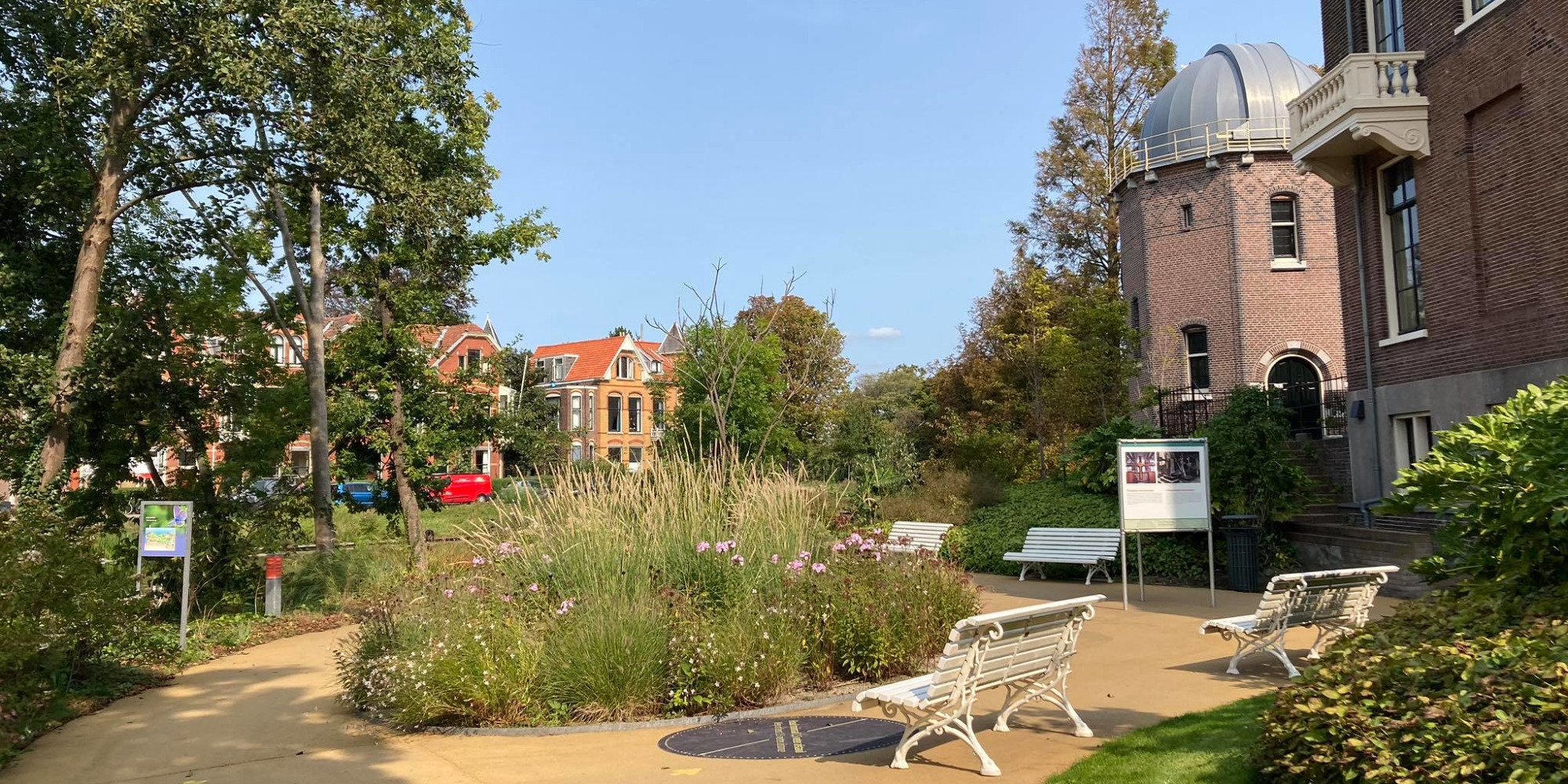
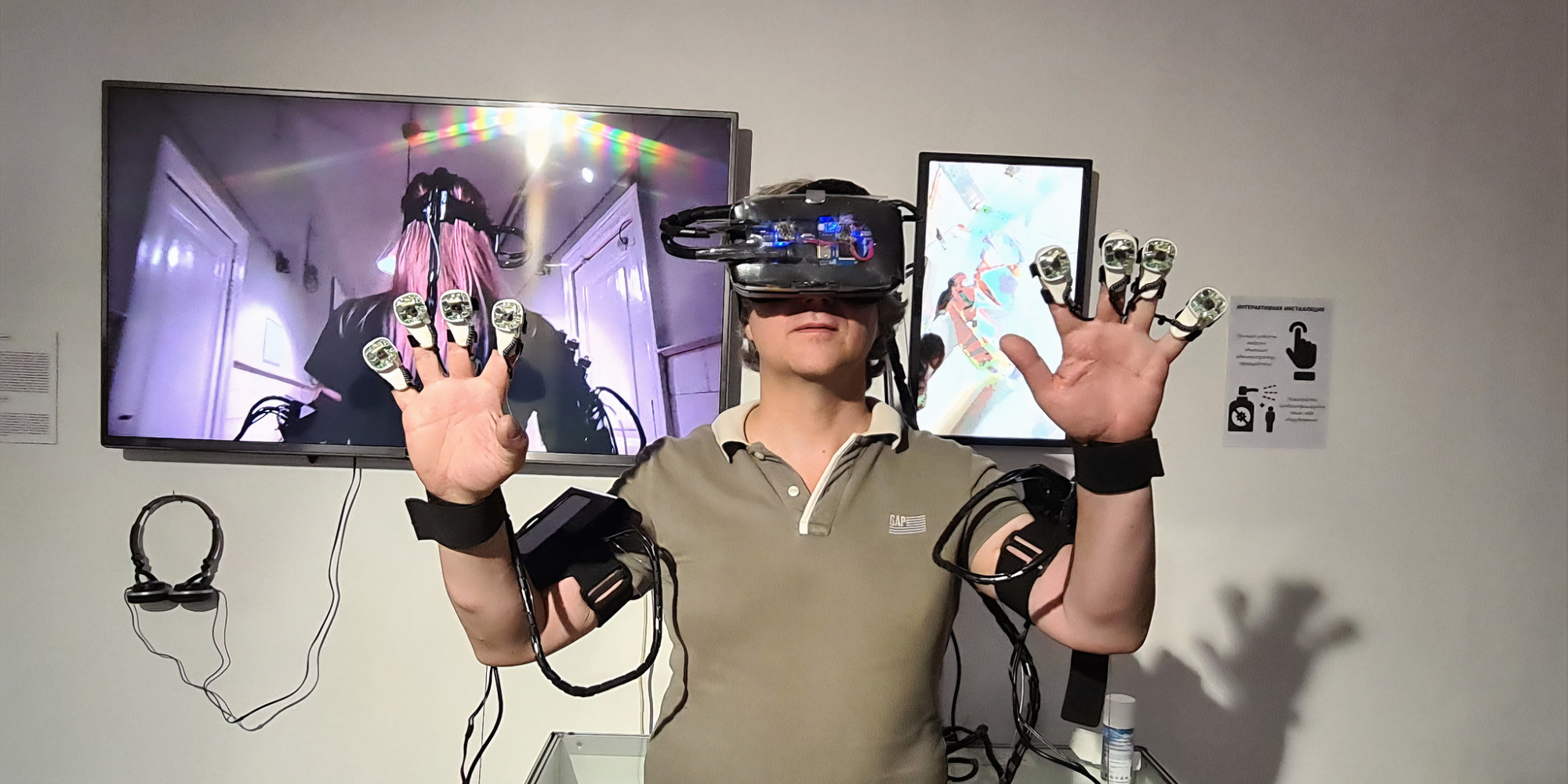
Thoughts on the pandemic are the main theme of the festival. This will not be reflected in the gardens, in performances, in exhibitions, but will also be discussed very concretely in panels. For instance, Saturday morning on the JKU campus and on the Ars Electronica World Channel. Walter Ötsch and Renata Schmidtkunz sketch out scenarios and ask questions.
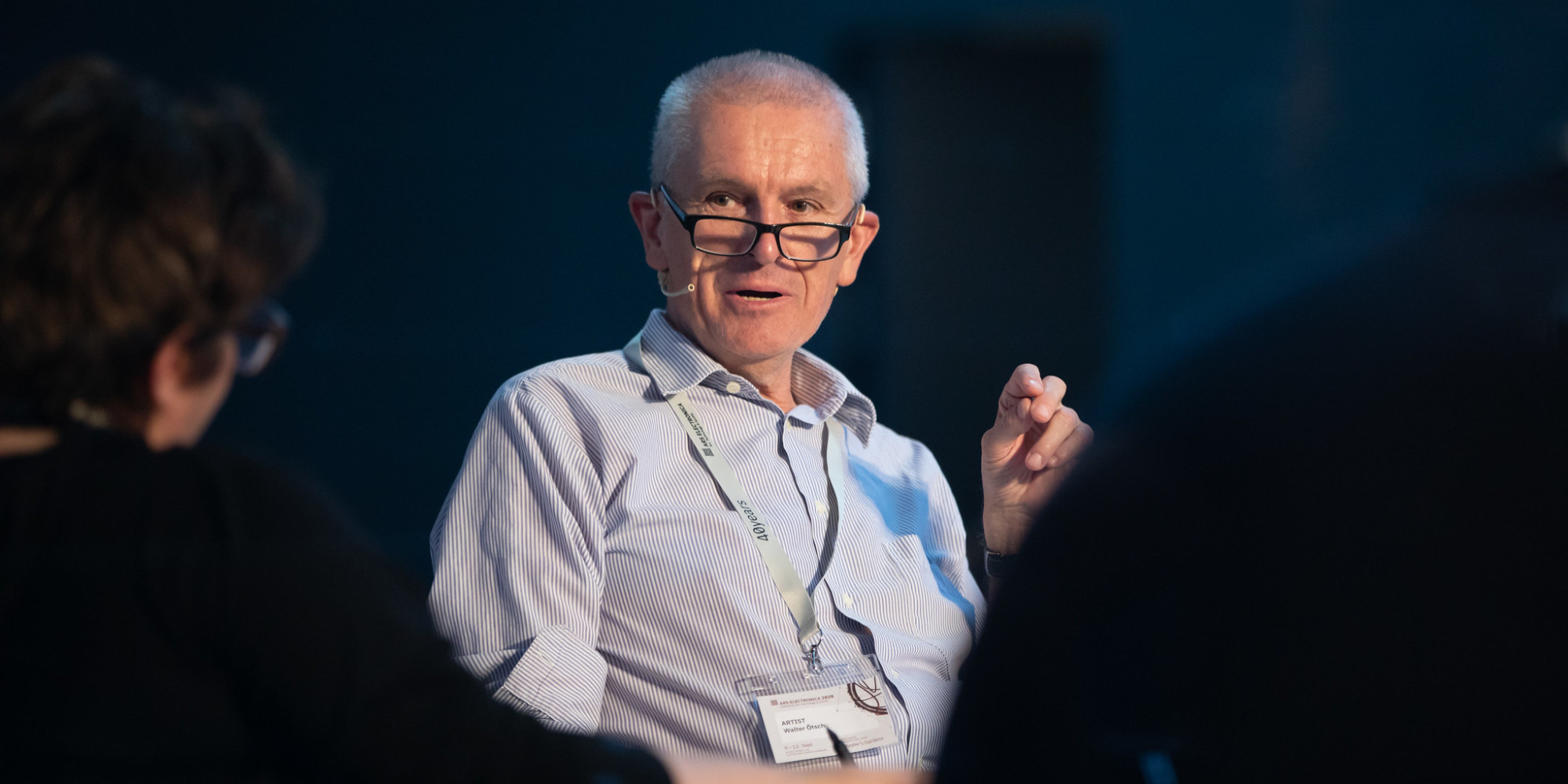
It’s not only the environment in which the 2020 Ars Electronica Festival takes place that reflects an academic aspiration; many approaches, panels and projects also come from there. The LIT (Linz Institute of Technology) unites the entire field of technological teaching and research under one roof. In order to be aware of the demands of the times and to find solutions, these should be considered as interdisciplinary as possible. A variety of works are on display in a separate exhibition.

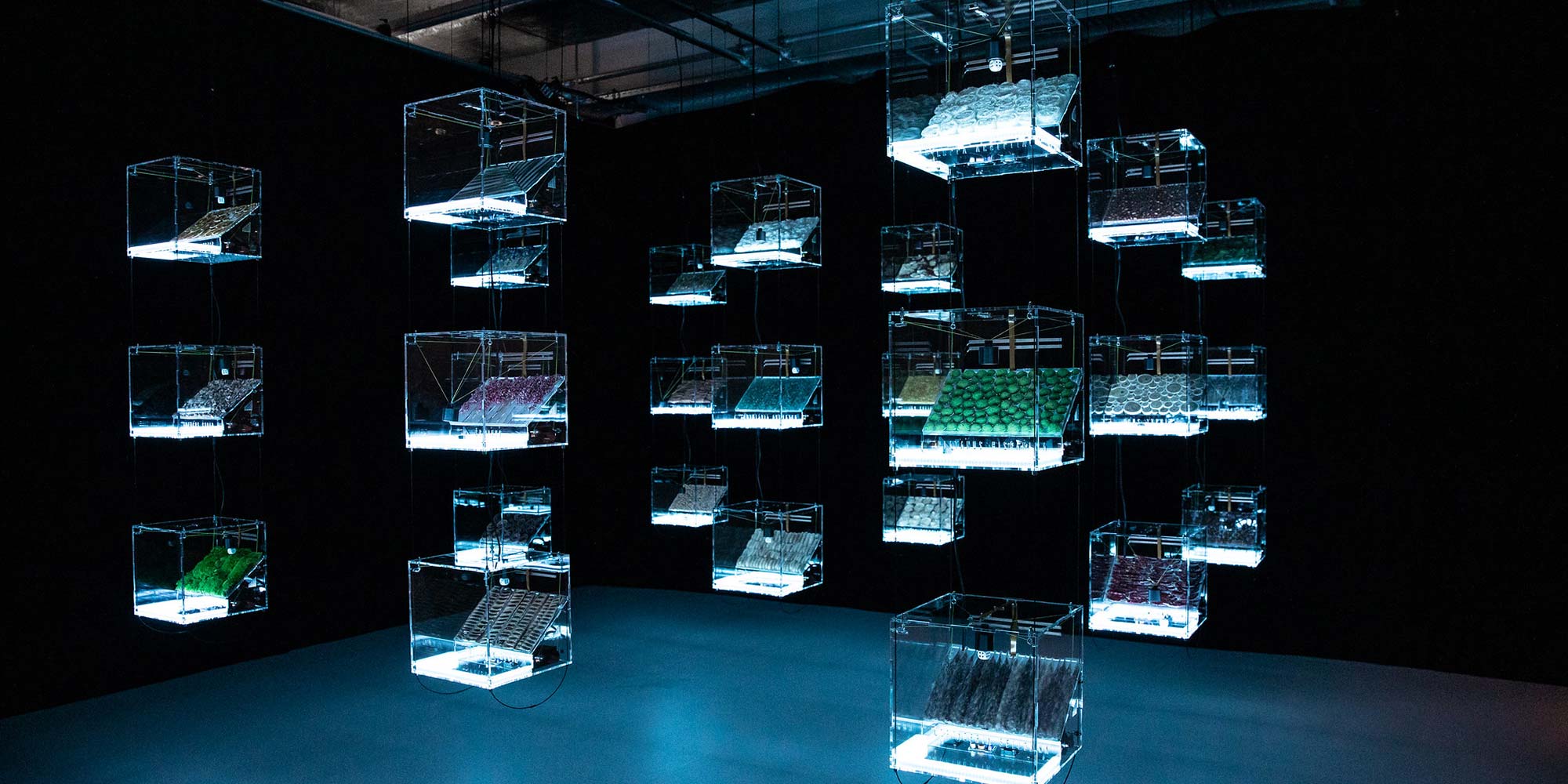


Even before an academic career is considered, create your world, the Ars Electronica Youth Festival, gets started. Under the trees in the JKU park, a wide variety of projects and ideas from the young generation can be found and tried out.

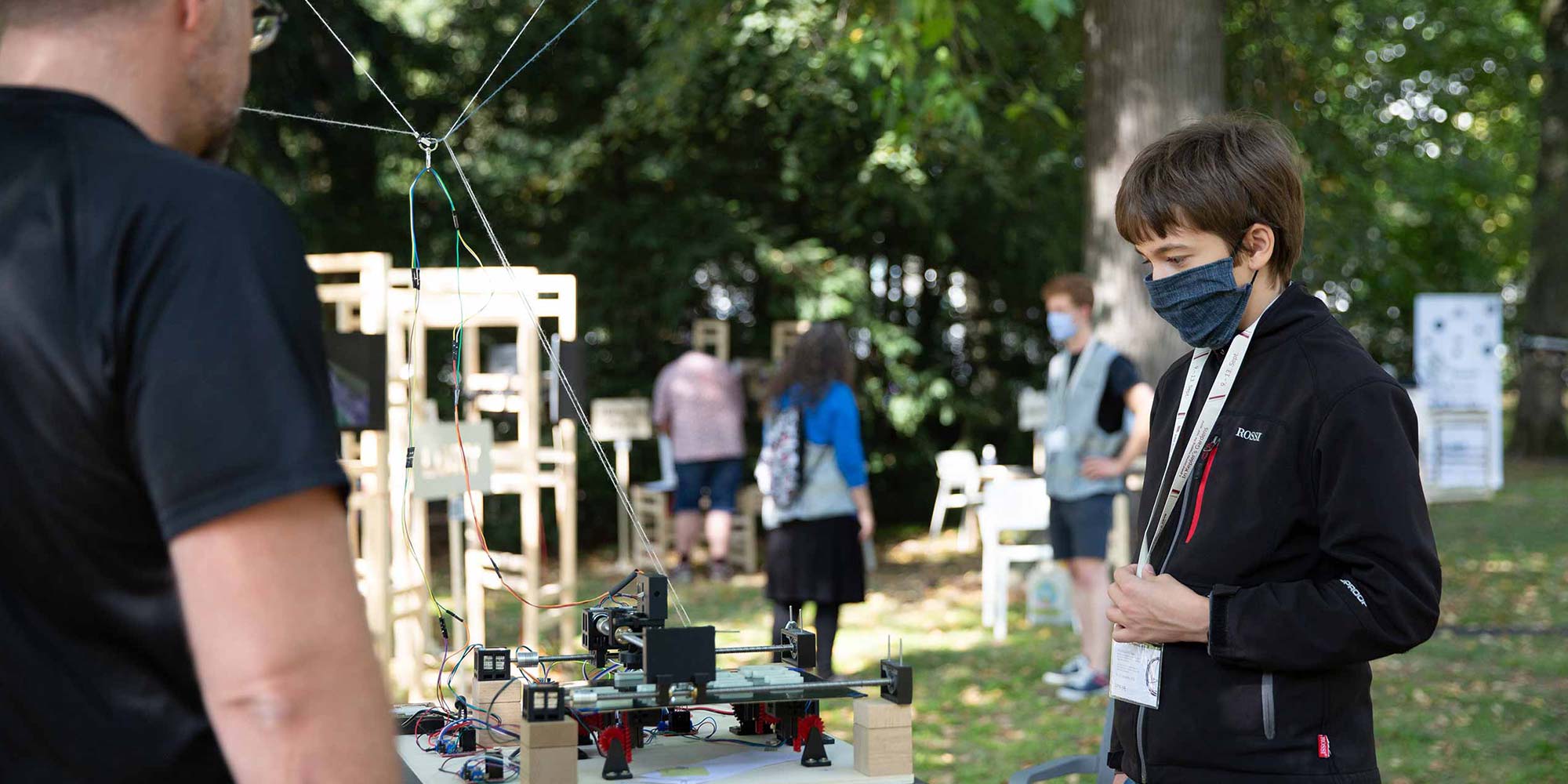
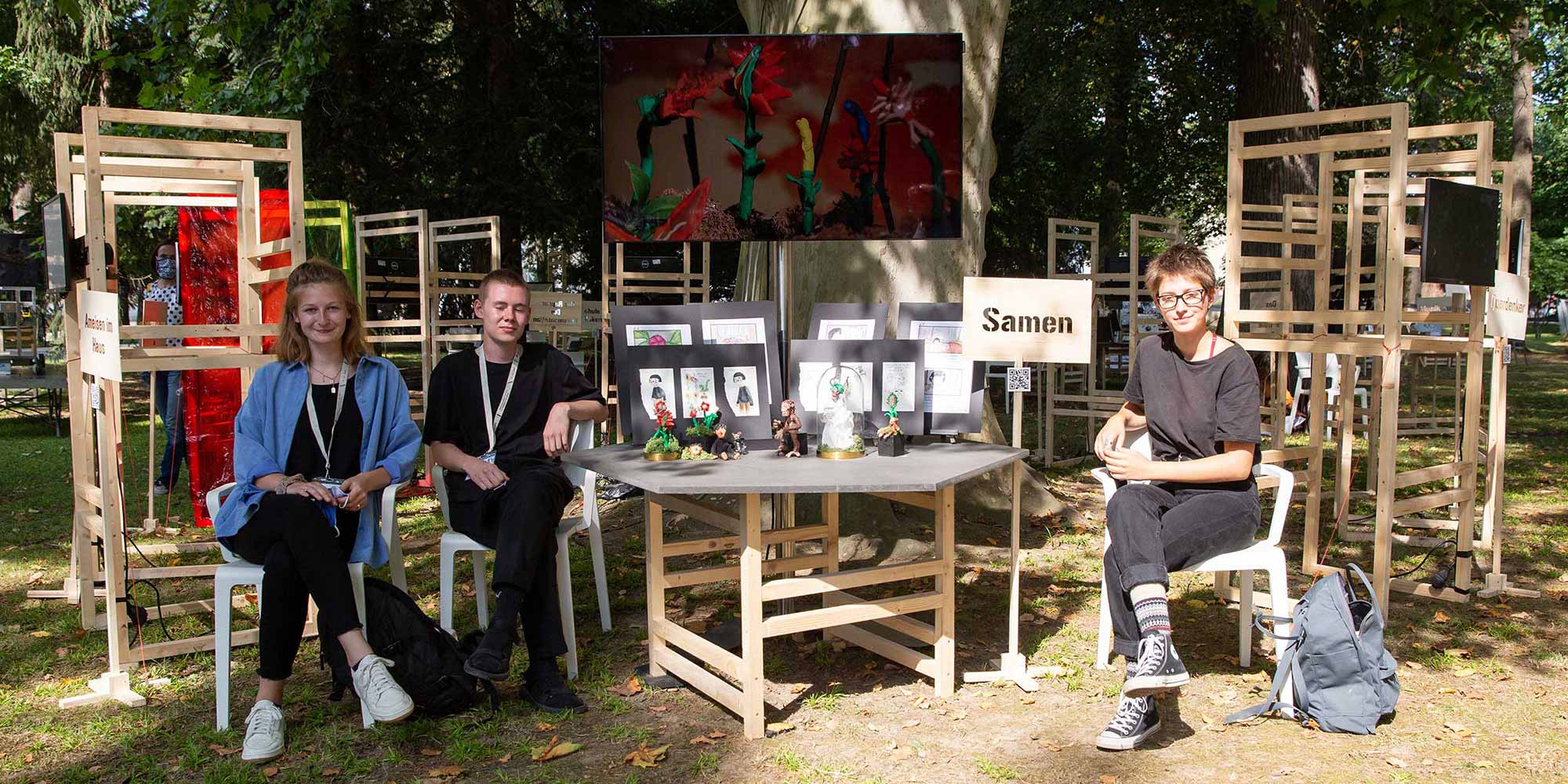
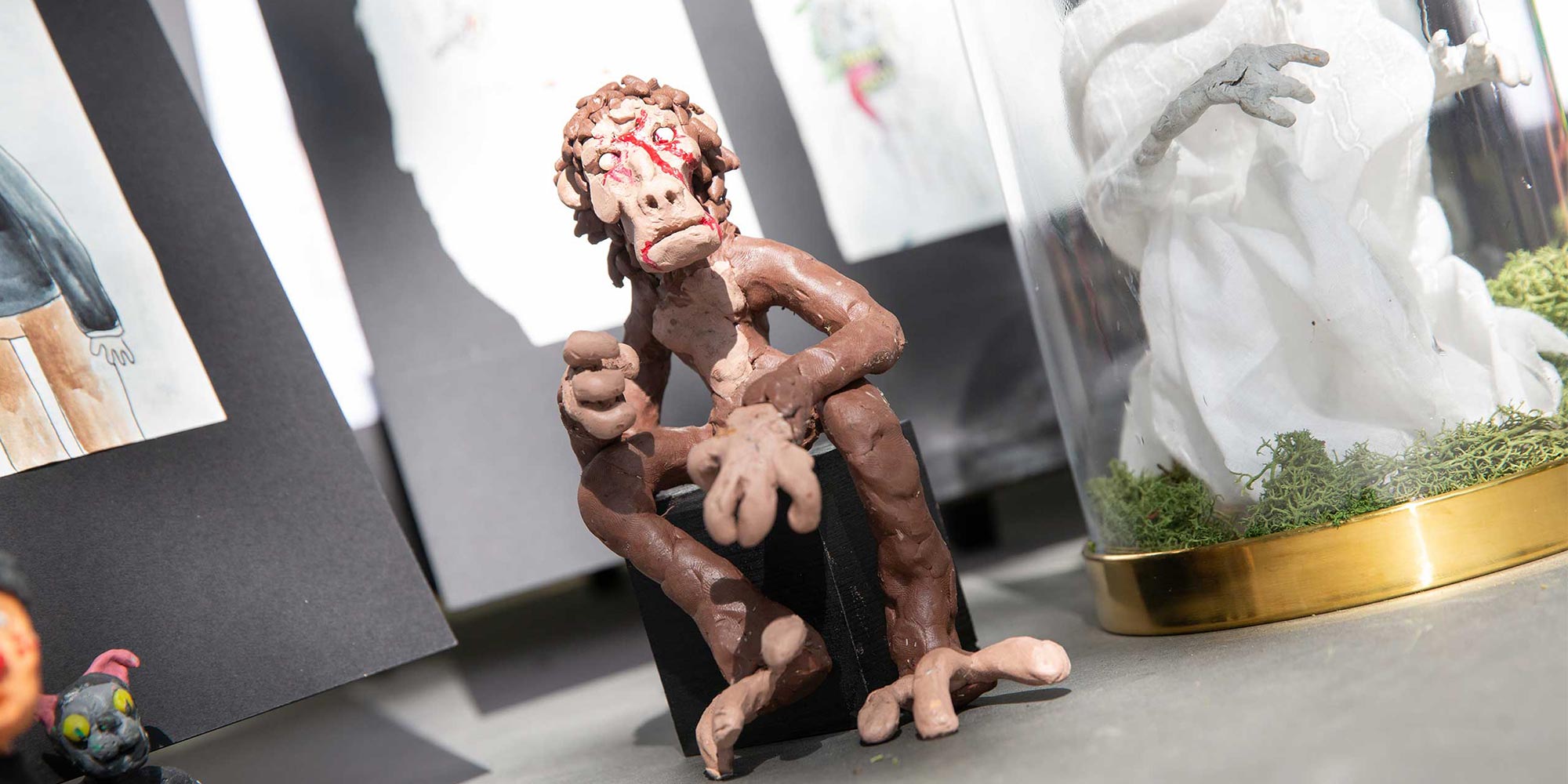
Projects from the Prix Ars Electronica are represented there, talks with talents challenge you to listen, music for take-away, creative spacers want to be staged, and of course FM4 will be there again to report on the festival.

At the Prix Ars Electronica, 24 projects receive awards-and these awards naturally deserve a ceremonial presentation. Here are some impressions from the Award Ceremony in the “u19 – create your world” category.
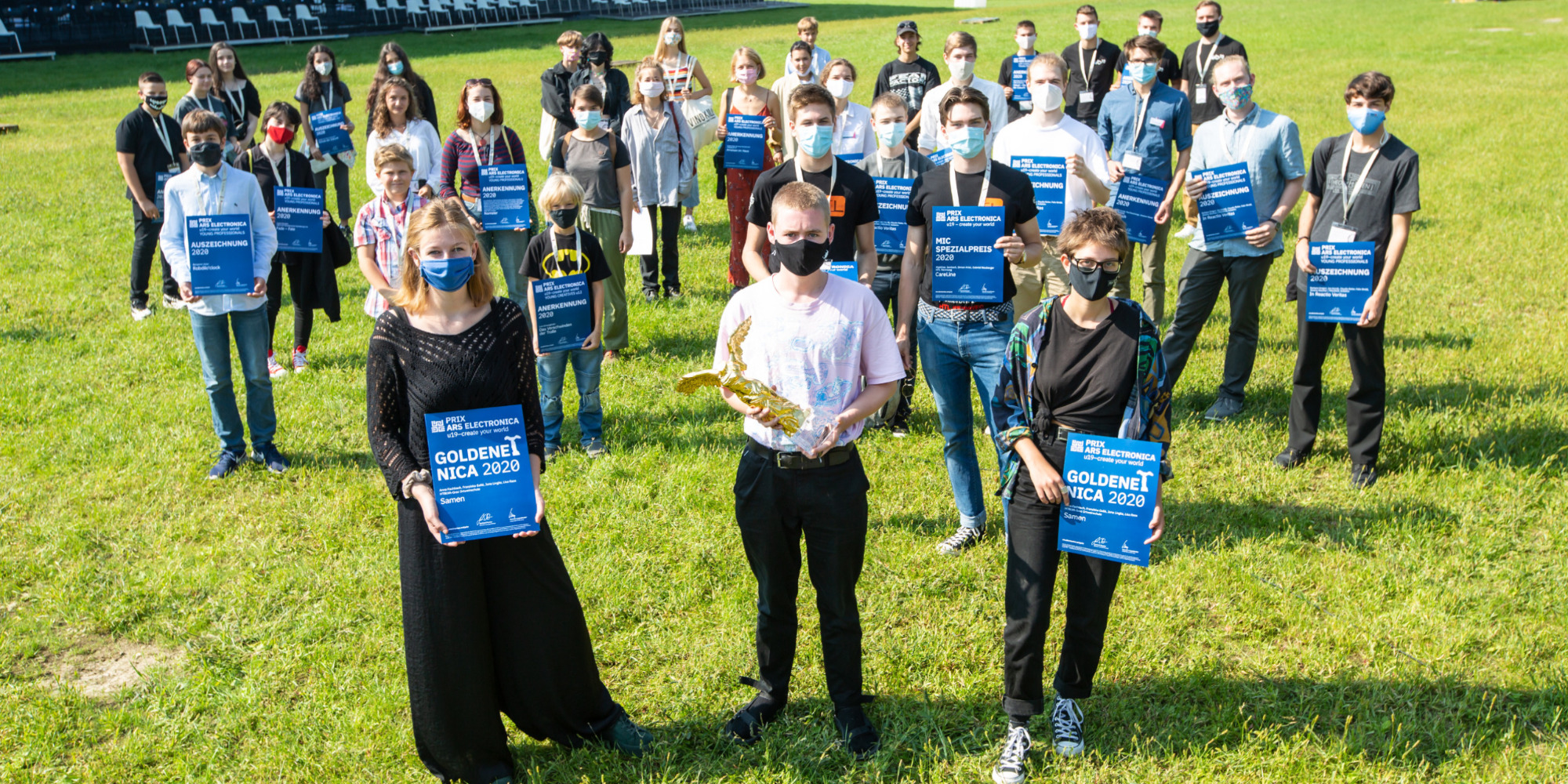
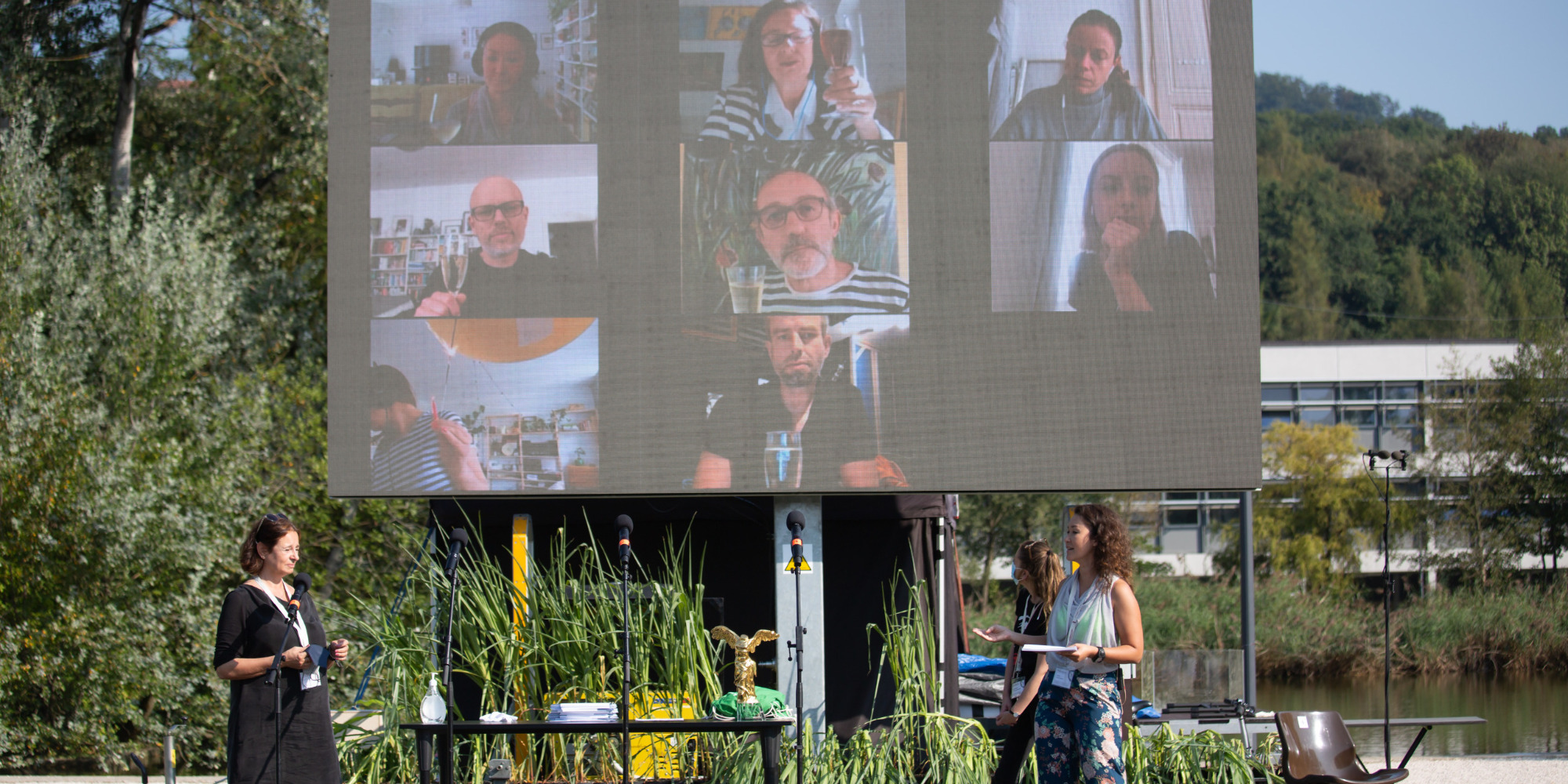



Sunday again blesses the festival with wonderful late summer weather and makes strolling around the JKU grounds a pleasure. In the early afternoon we’ll head to Kepler Hall, where the last event of the Linz program will take place – traditionally with the protagonists* Maki Namekawa, Dennis Russell Davies and Cori O’Lan. “Pianographique” will take place with works by John Cage, Philip Glass, Ludwig van Beethoven and Kurt Schwertsik.
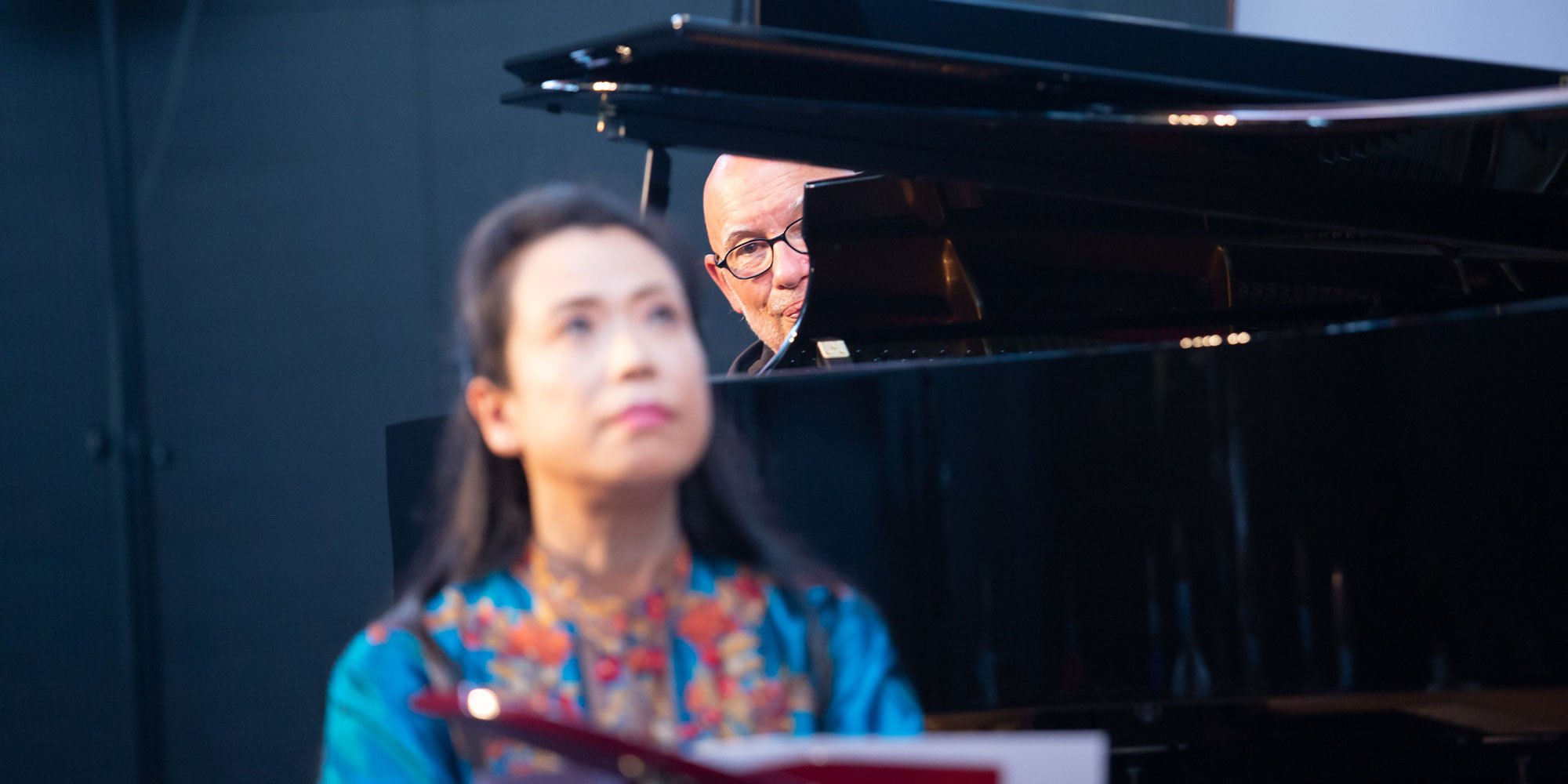
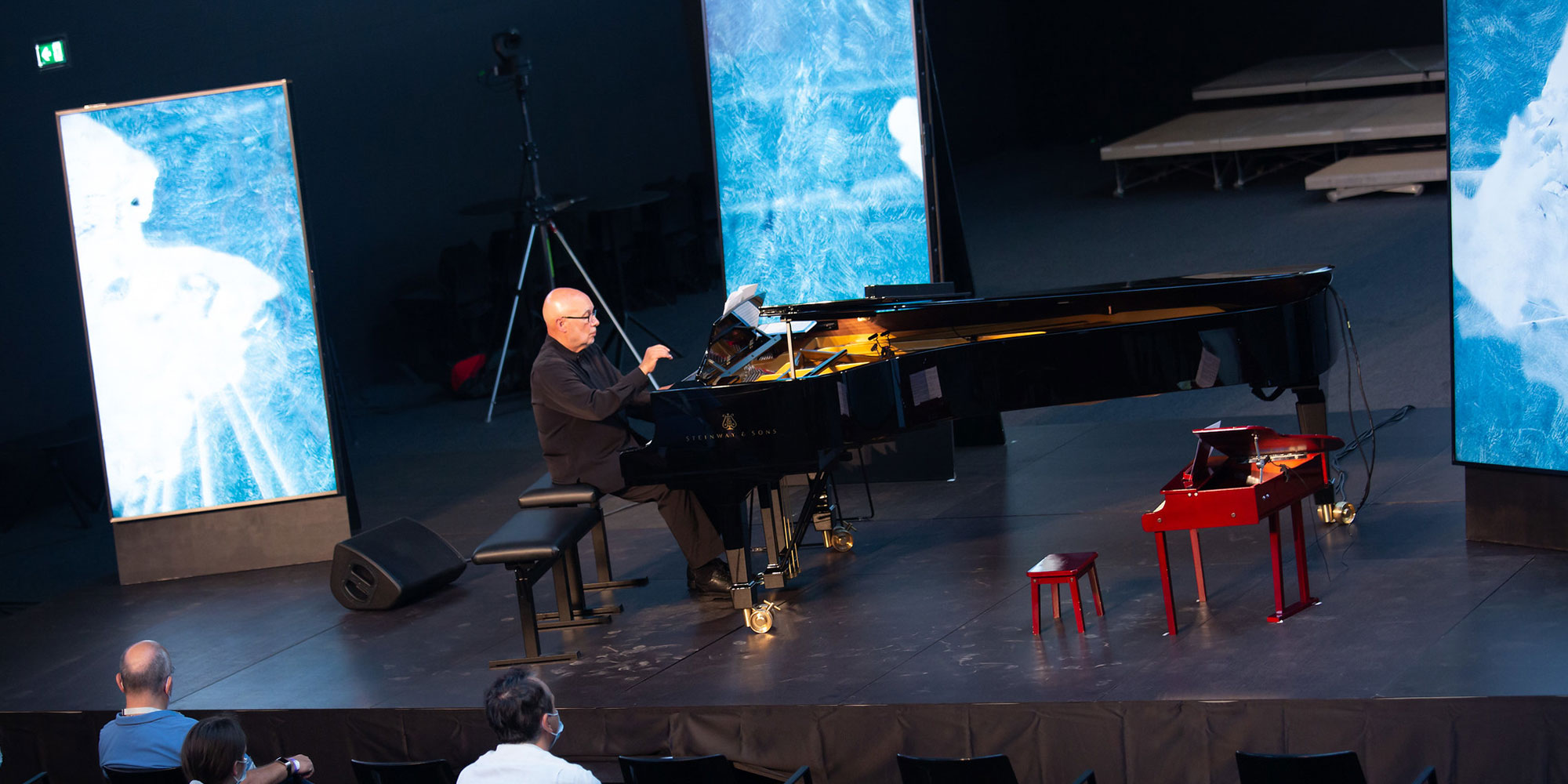


As our story comes to an end here, the Festival had so much more to offer – countless events, gardens, talks, partners and much more, remain unmentioned, and as sorry as we are, of course, about this, it also shows the complexity of the Ars Electronica Festival 2020. We look forward to seeing you again!